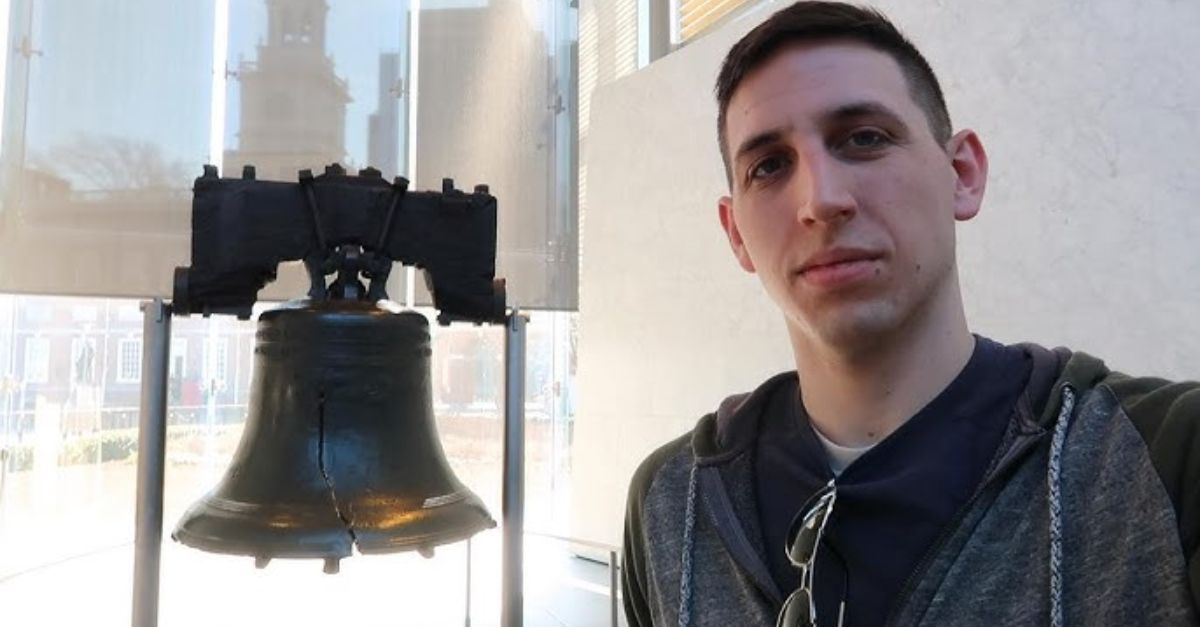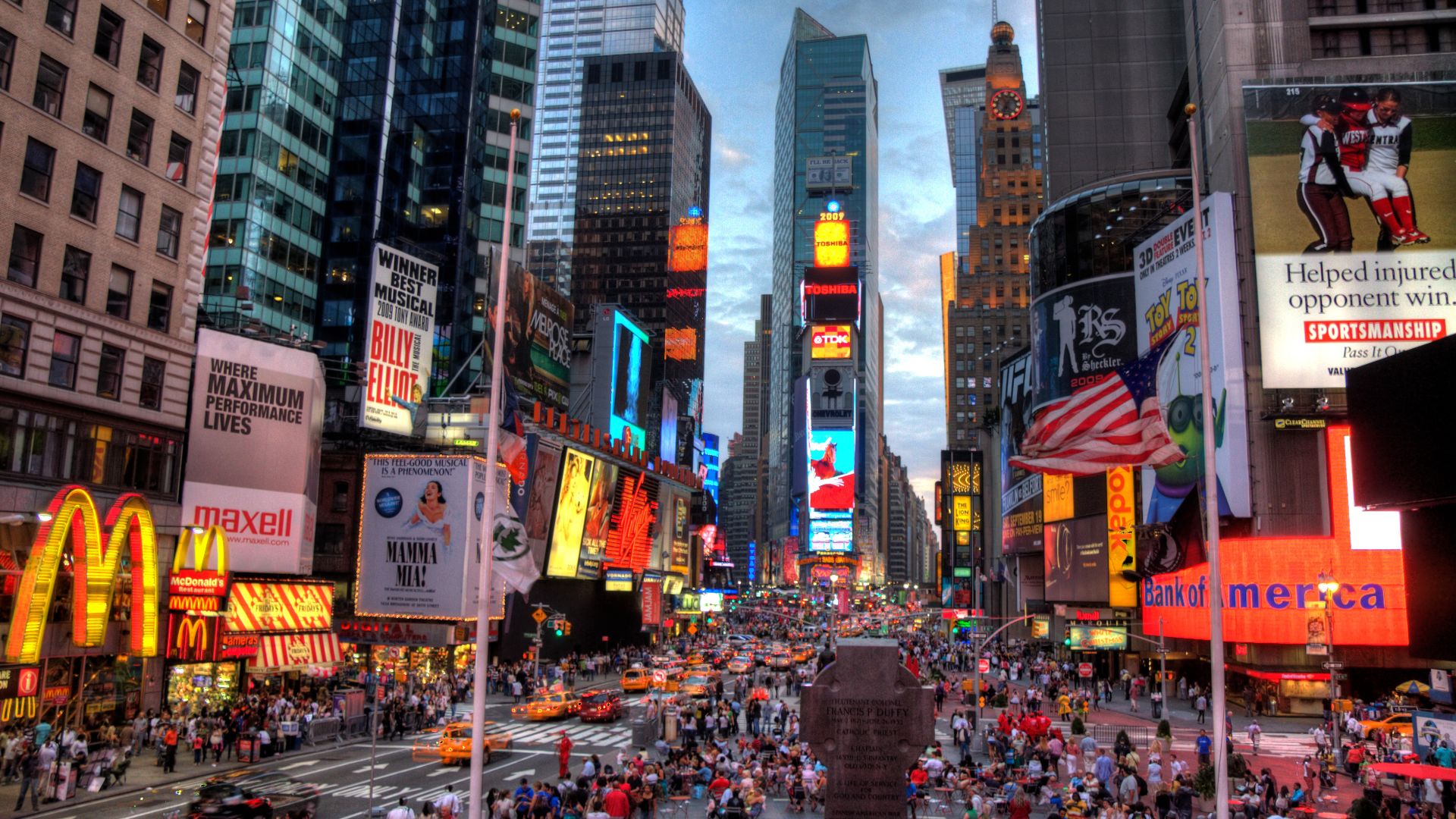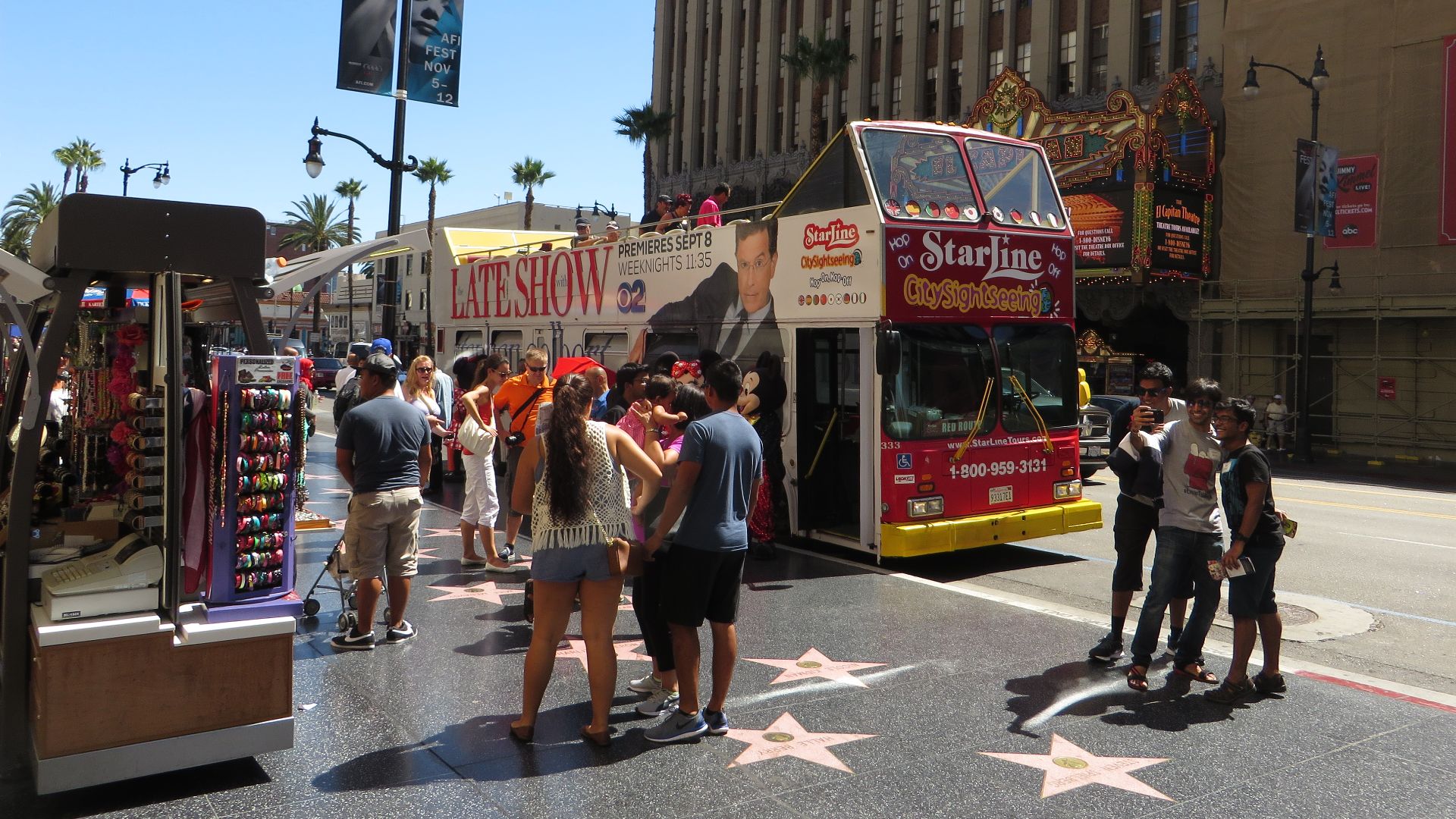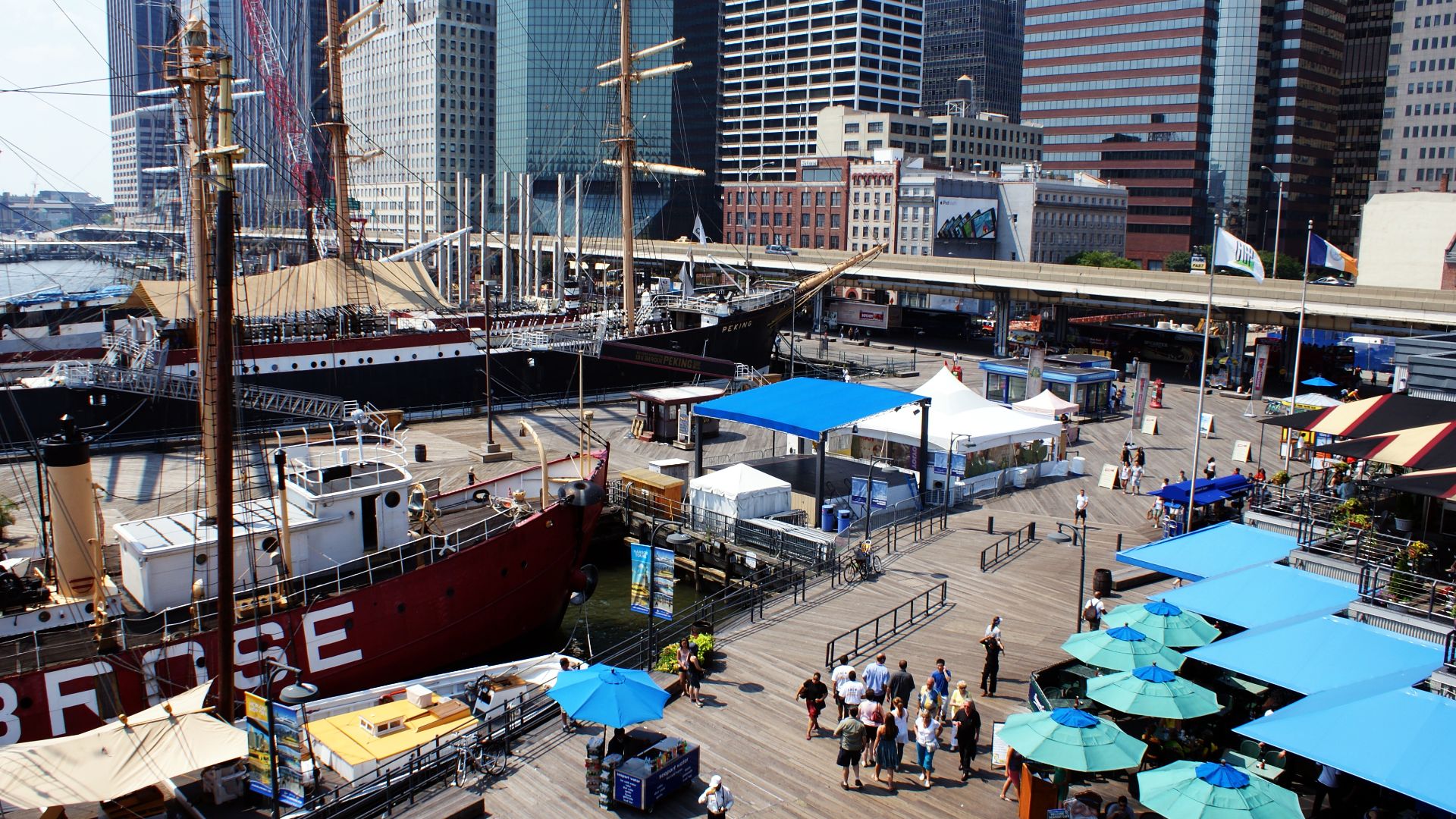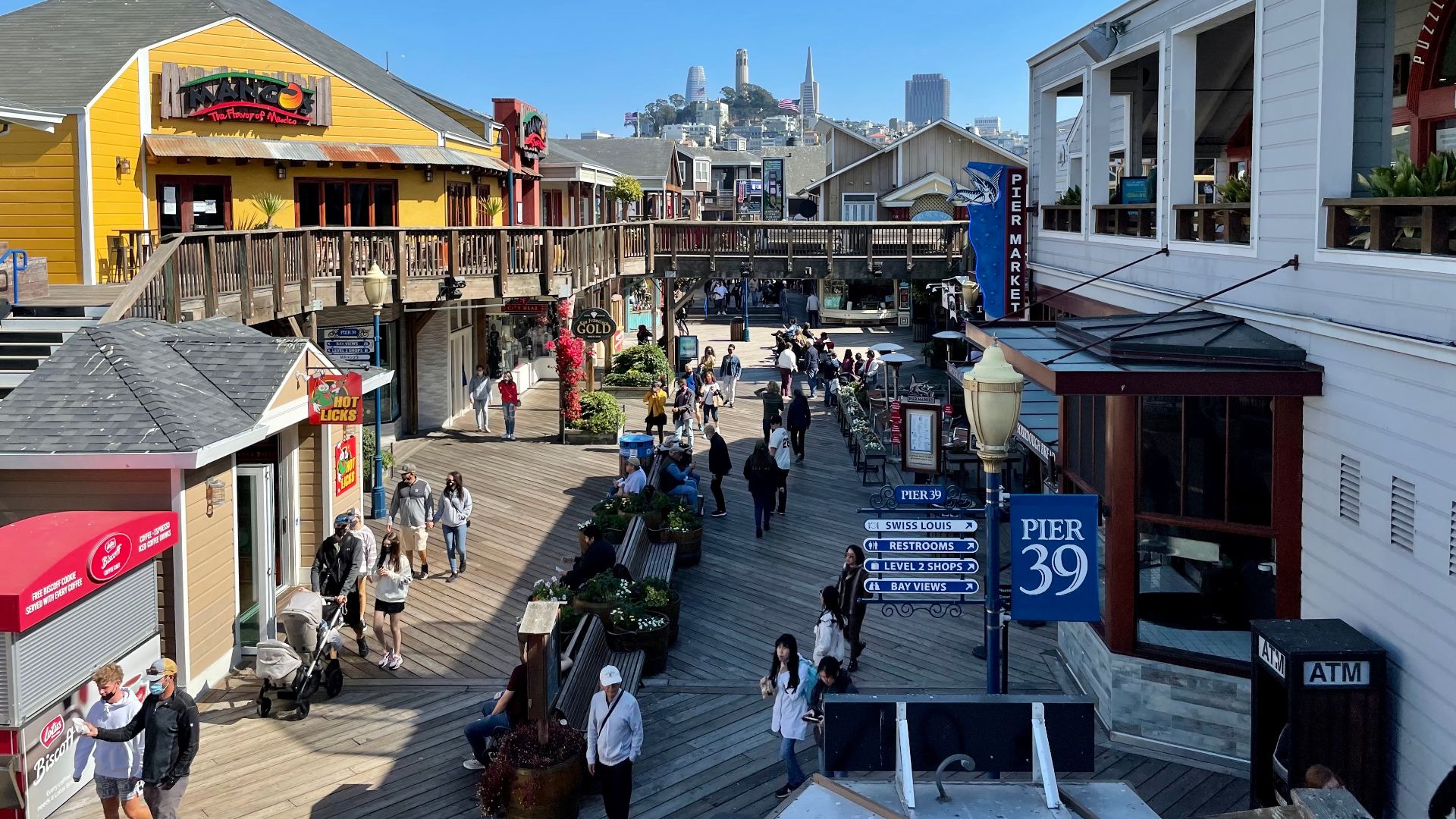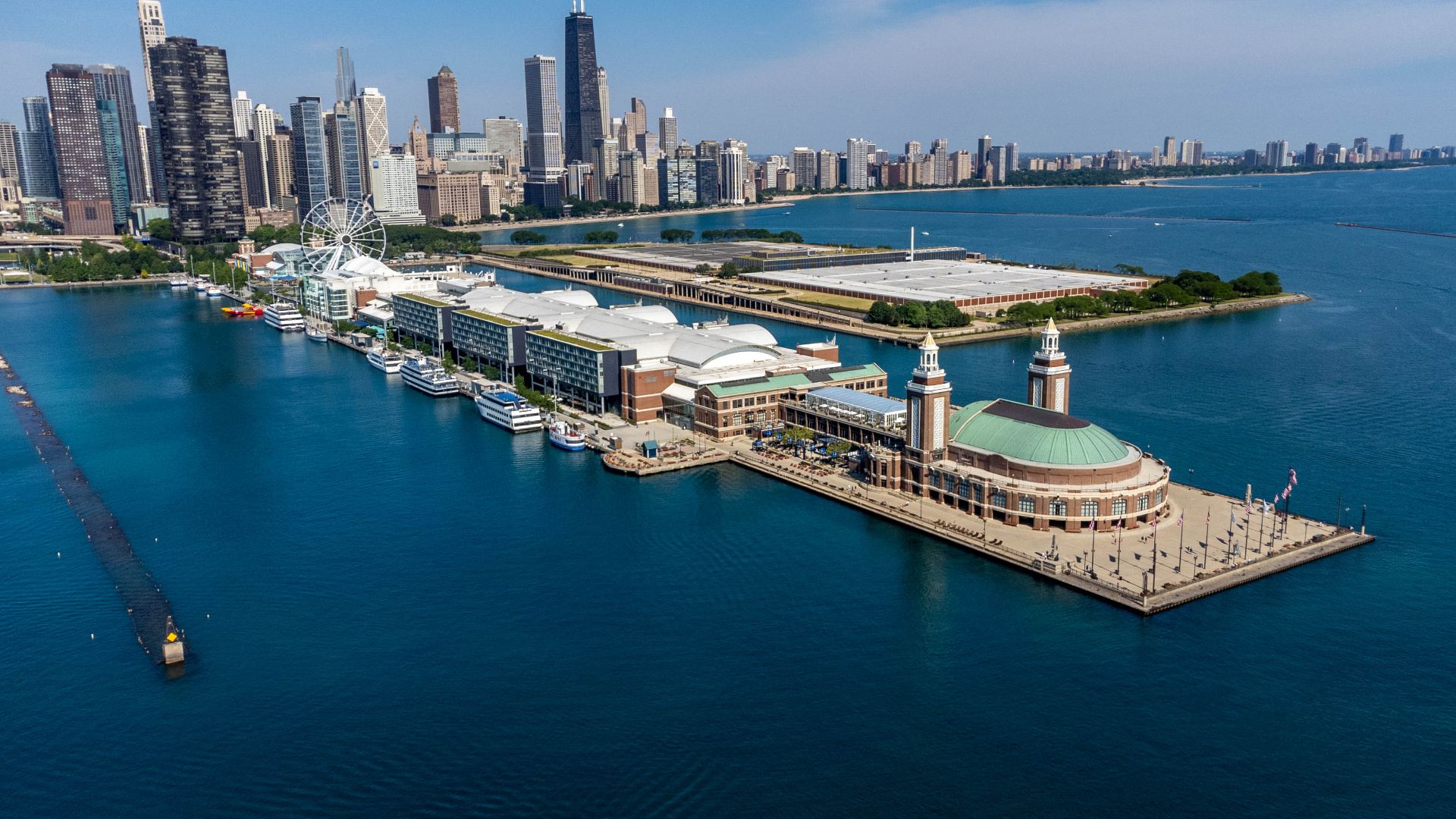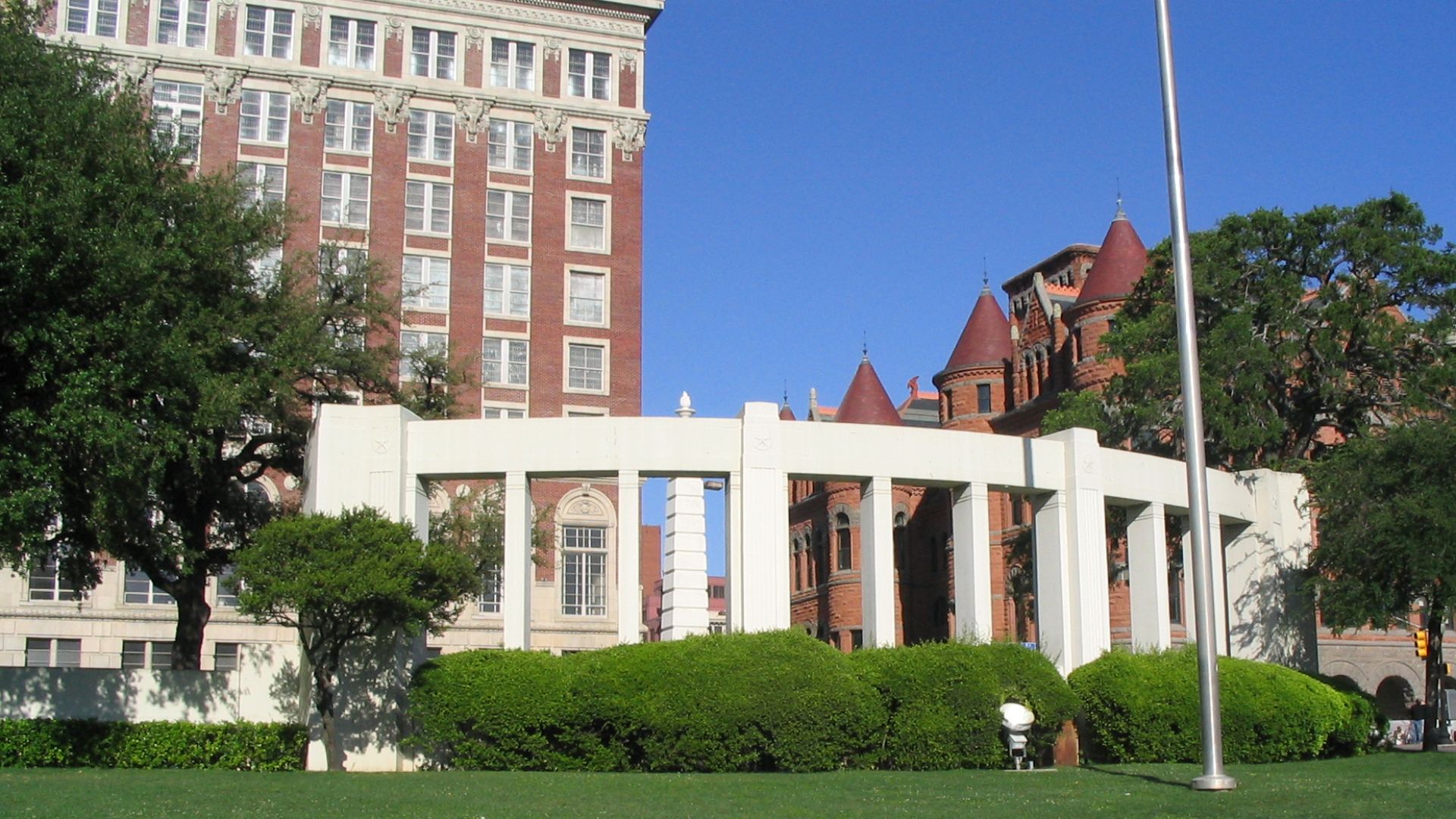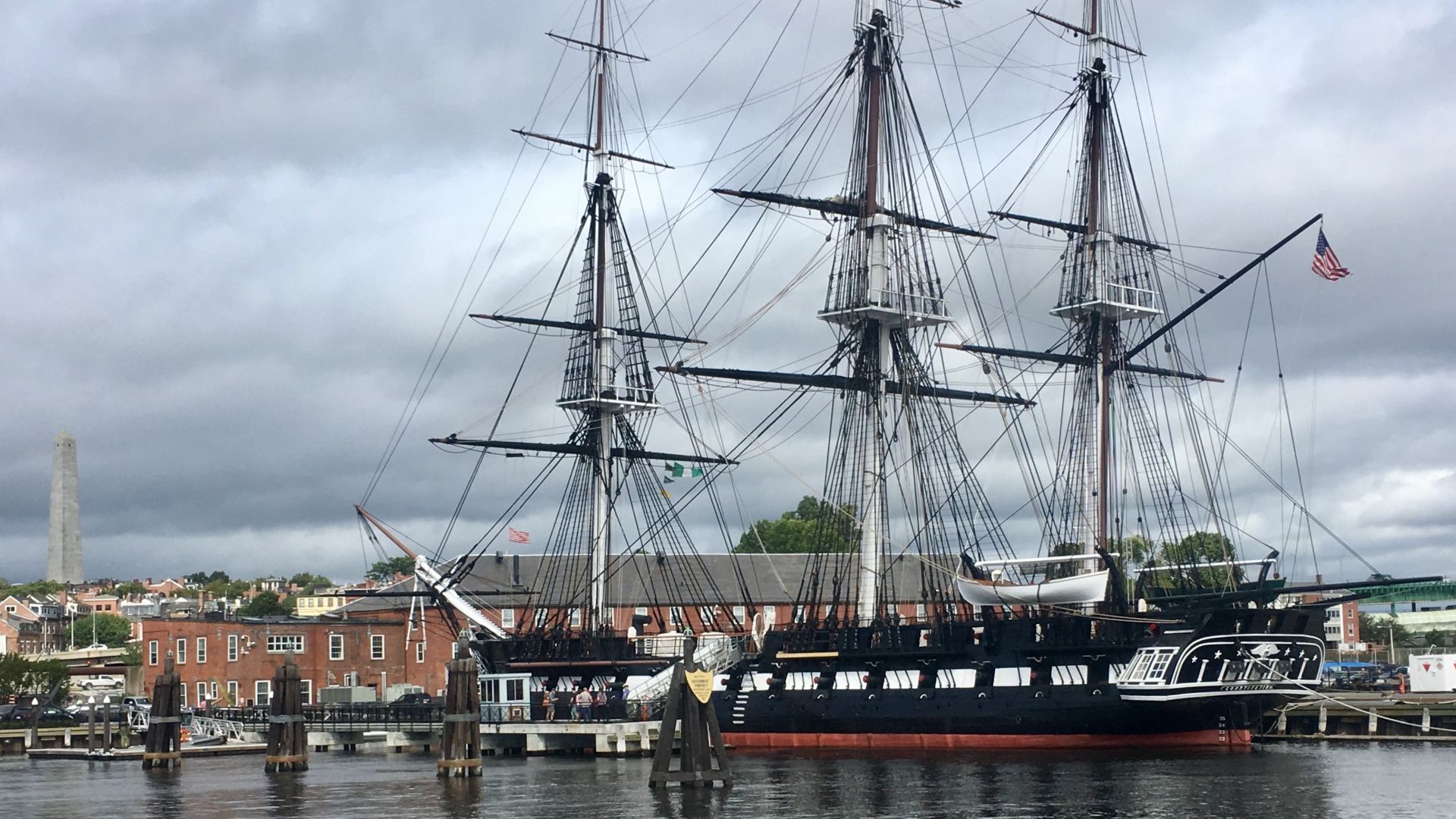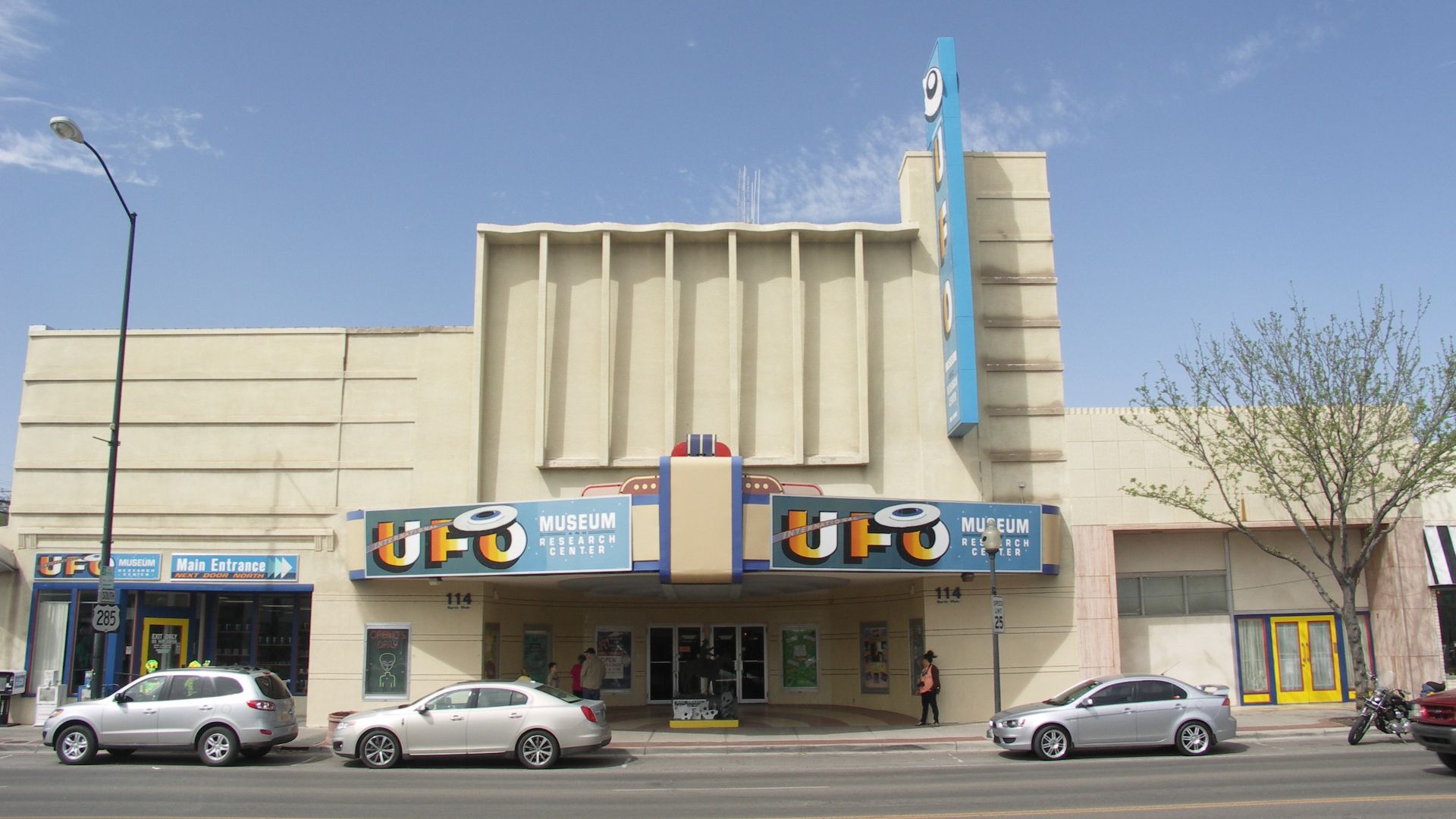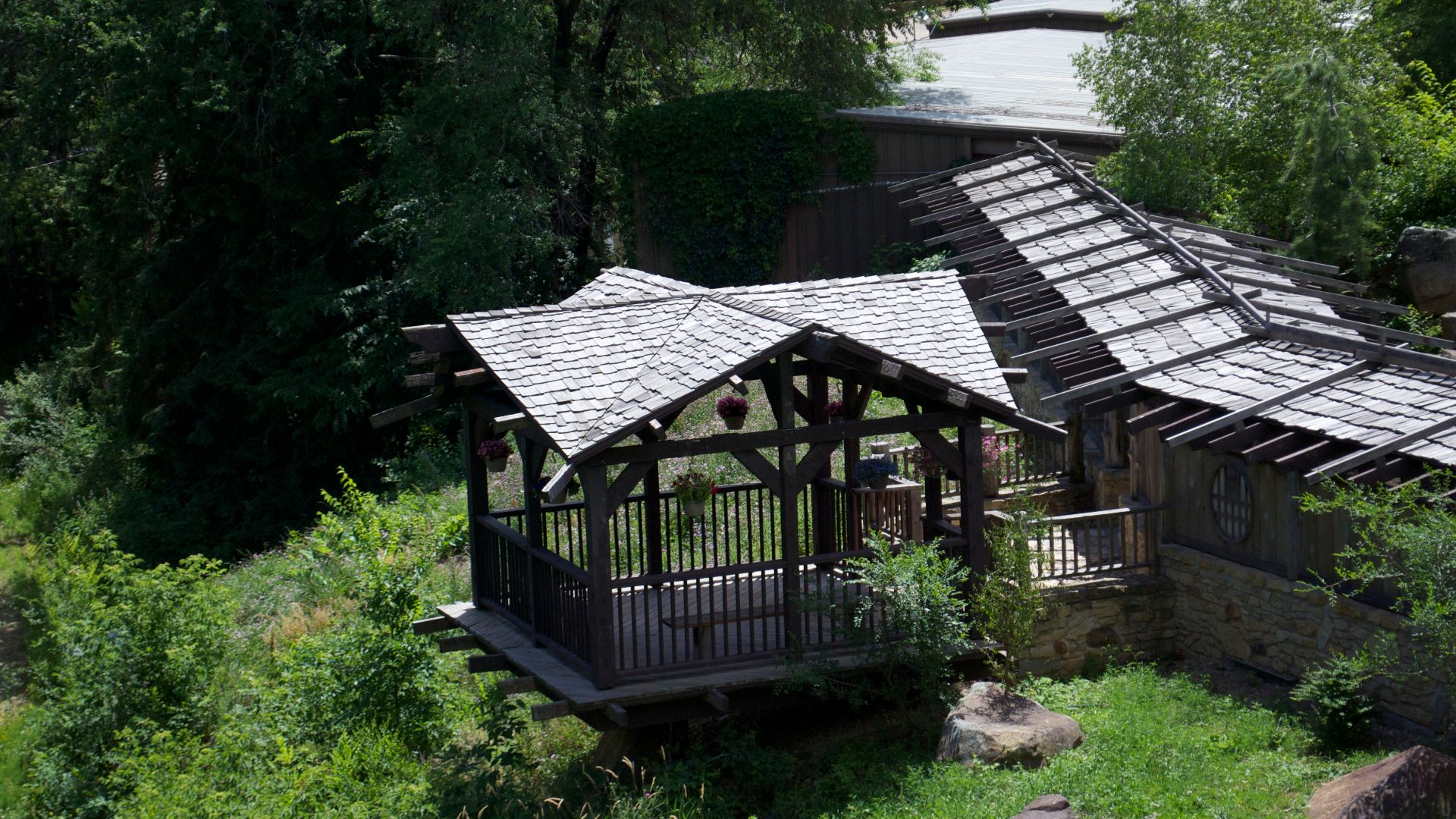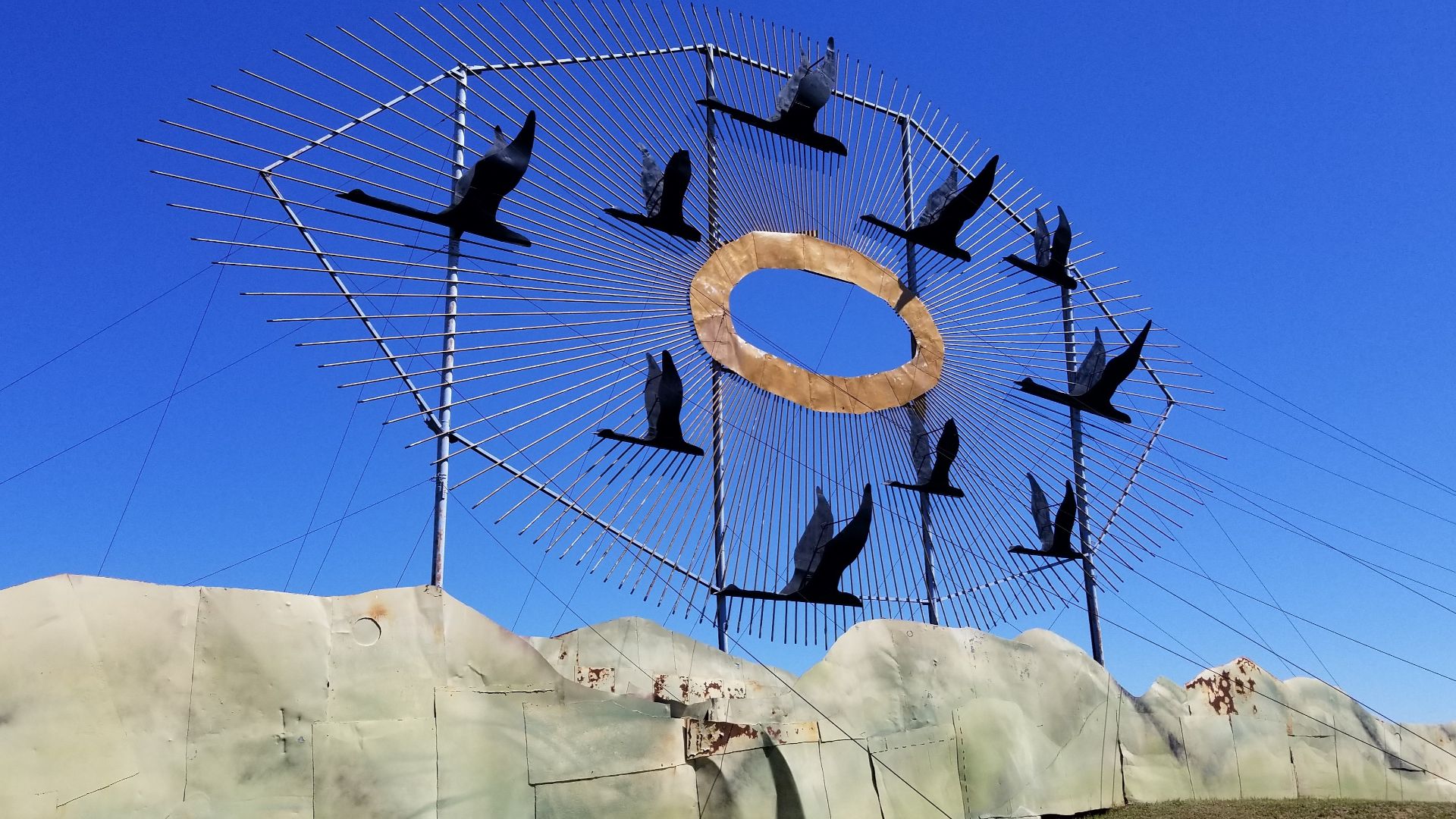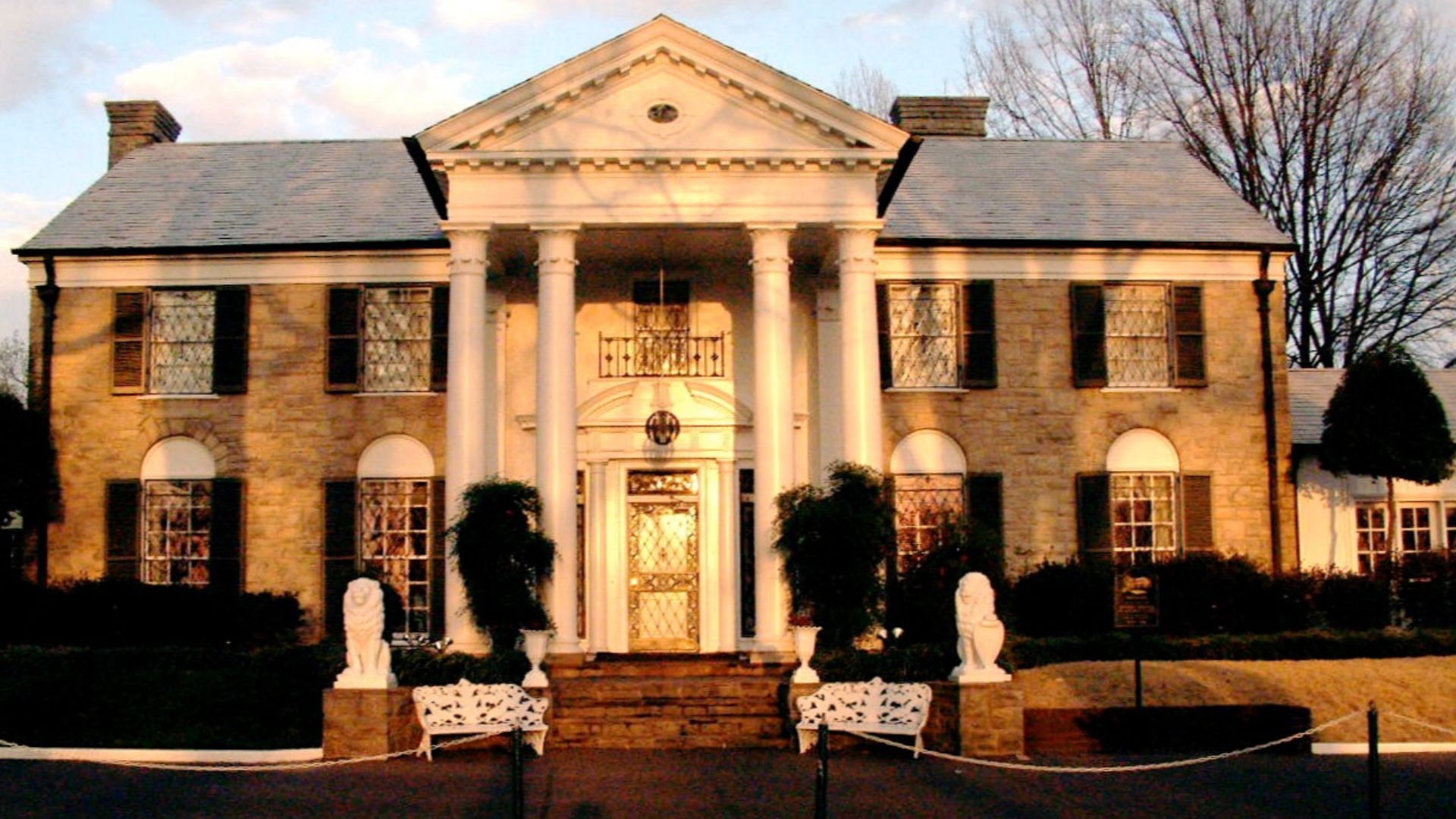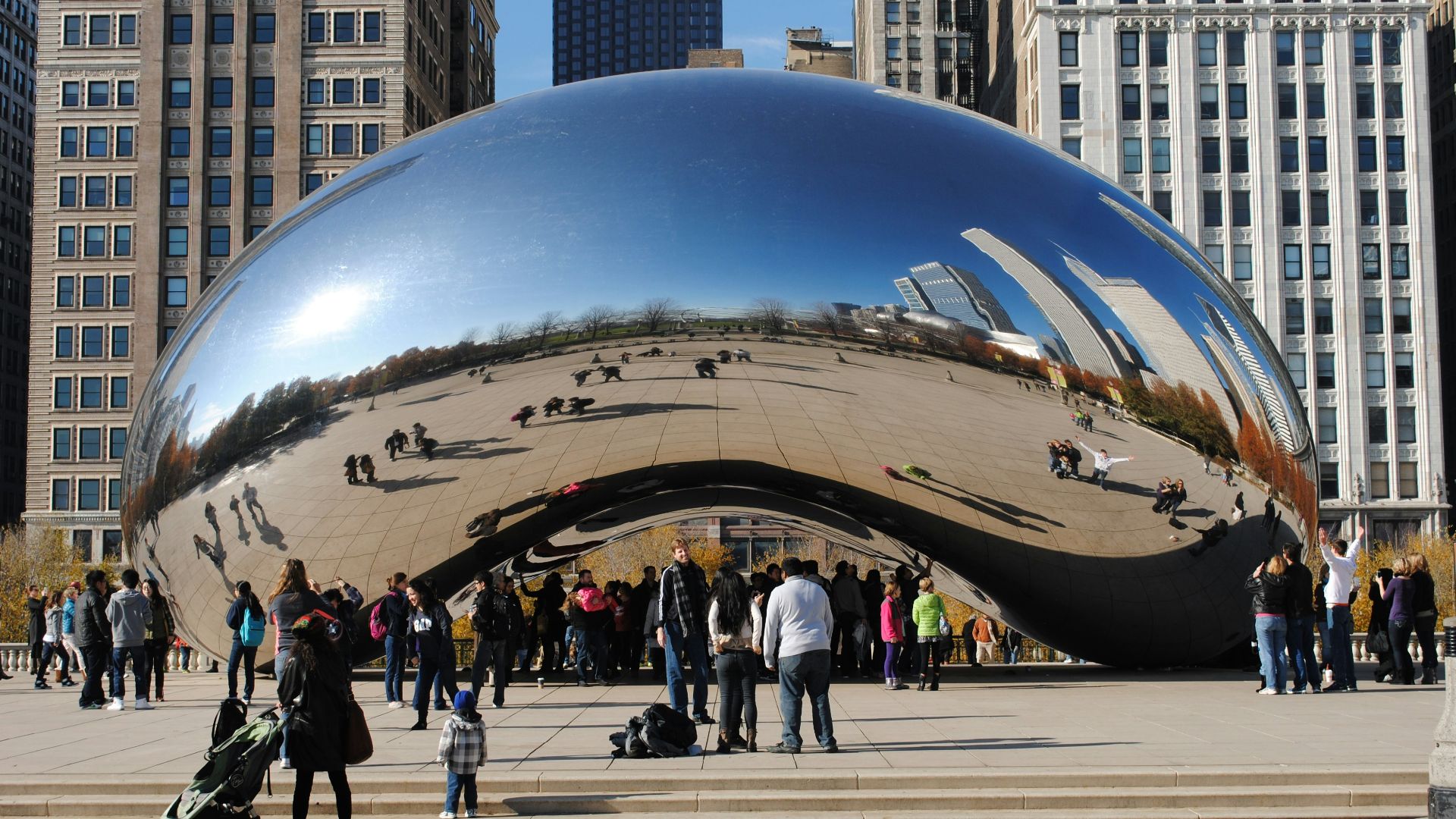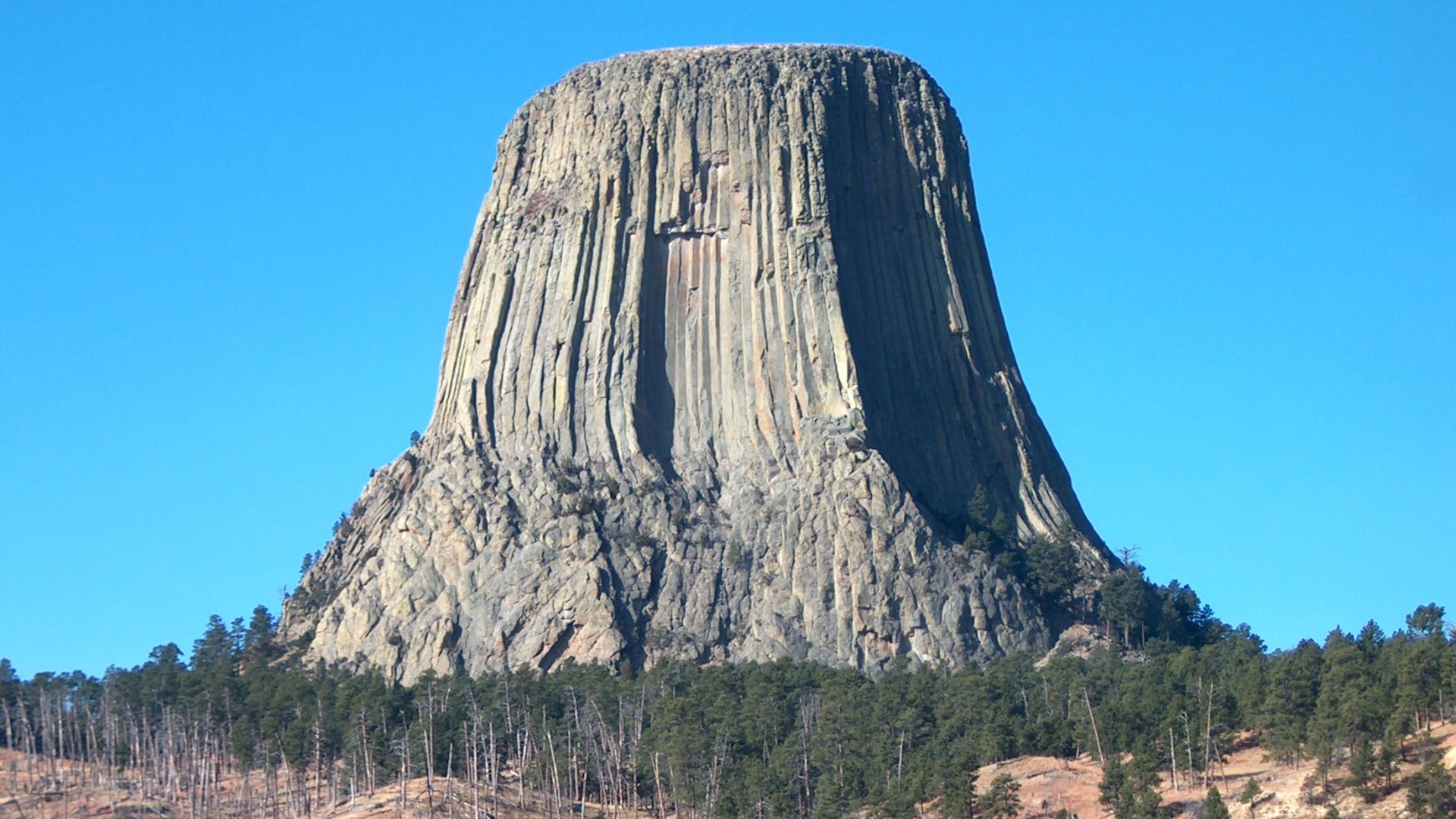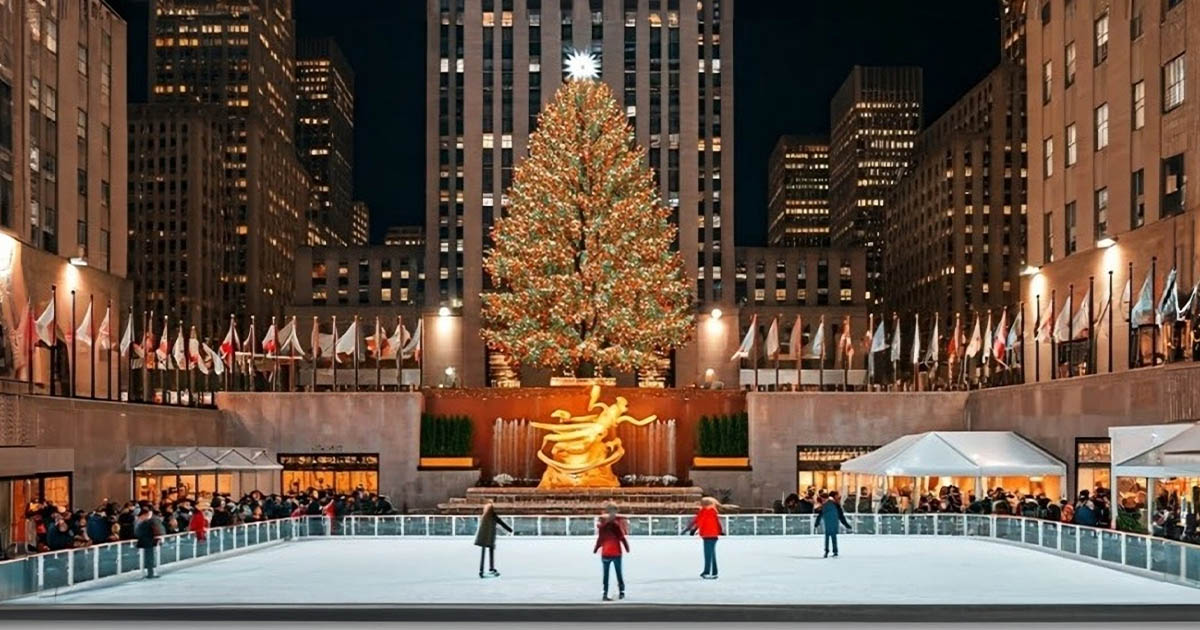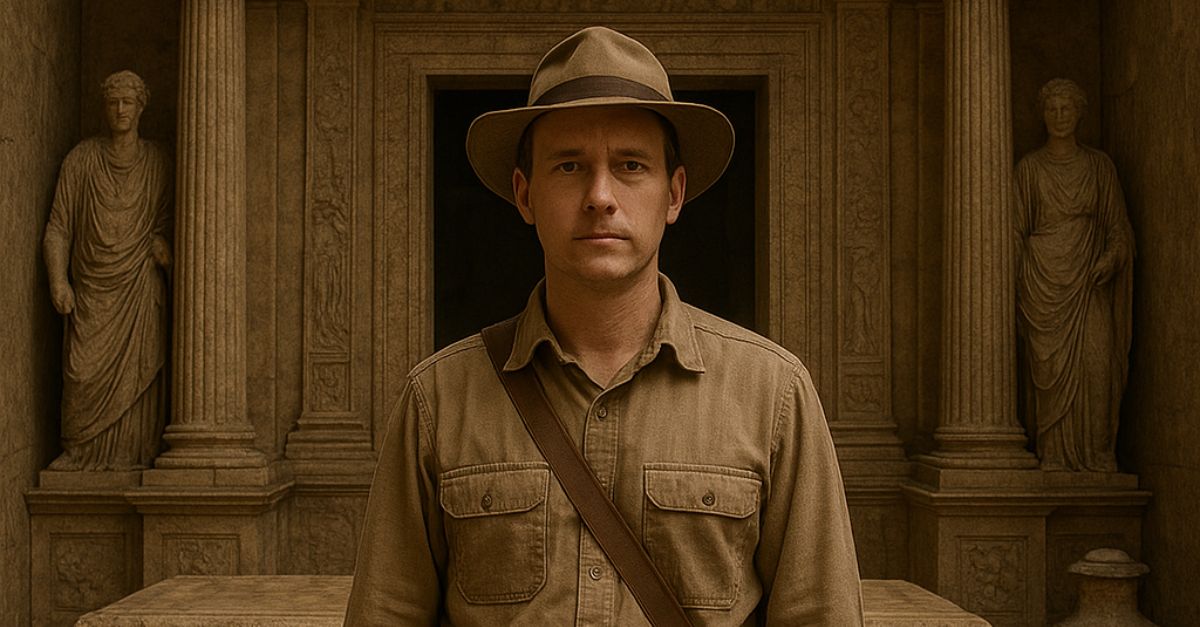The Hype Isn't Always Honest
Not all famous stops are worth the detour. Behind the headlines and hashtags, these attractions come with drawbacks that visitors often discover too late. Some are overrated, others oversold.
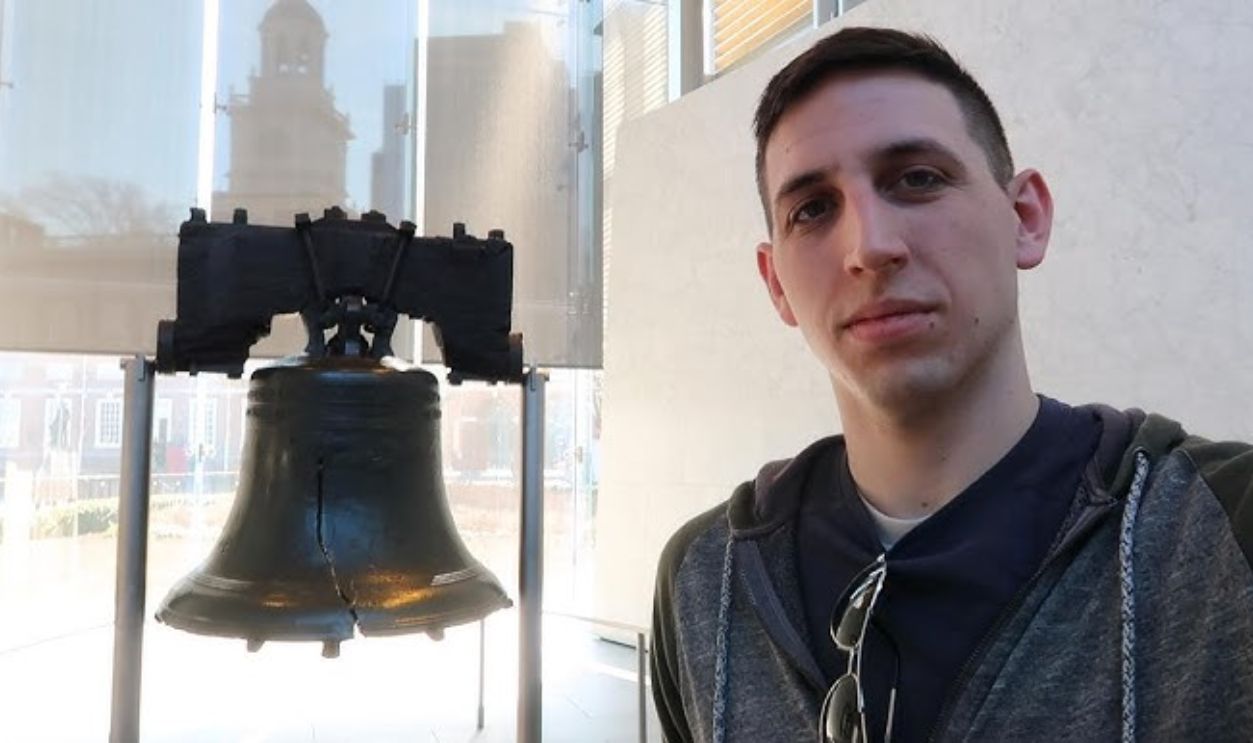
Times Square, New York
It still glows brighter than most cityscapes, but the dazzle dims quickly when viewed up close. Tourists wade through thick crowds and aggressive costumed tip-hunters. Reviewers note constant noise and commercial fatigue, while locals largely avoid it altogether unless work or transit demands it.
Hollywood Walk Of Fame, California
Few celebrities visit, and the glamour fades amid panhandlers and adult-themed souvenir stores. Many visitors feel unprepared for the stark contrast between its global image and street-level reality. It promises stardust and legend but delivers cracked sidewalks dotted with fading names.
Magnolia Silos, Texas
Reviews repeatedly describe it as limited and not designed for prolonged use. Fame from HGTV's Fixer Upper turned this Waco property into a lifestyle pilgrimage site. Aside from branded decor and a modest garden, visitors often expect more than boutique shopping and photo ops.
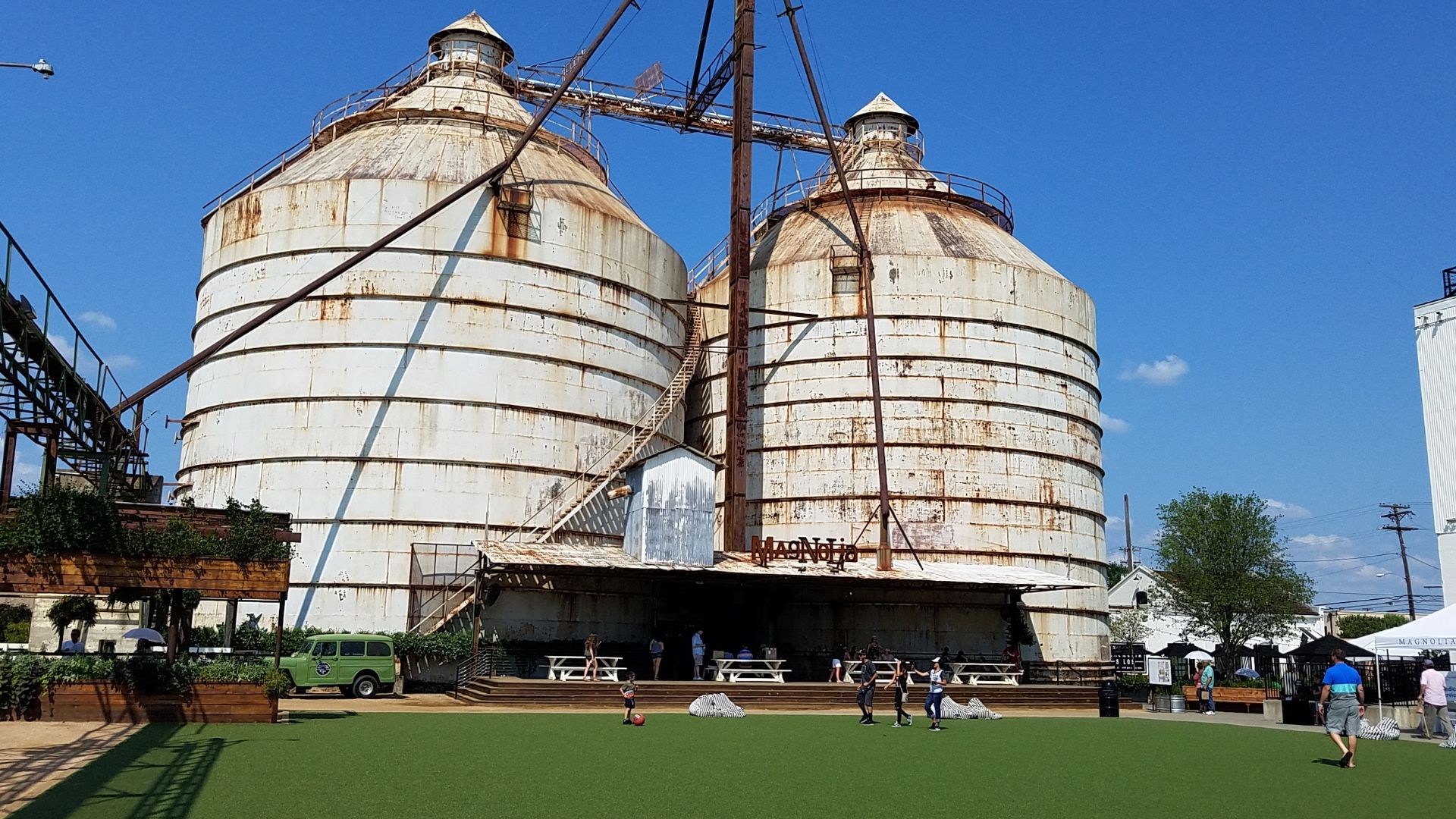 Carlapendergraft, Wikimedia Commons
Carlapendergraft, Wikimedia Commons
Venice Beach Boardwalk, California
Bright murals and beach views still lure crowds, but many travelers leave unsettled. Reports describe confrontational vendors and visible homelessness. Infrastructure issues—from cracked walkways to shuttered stalls—paint a much different picture than social media's polished, sun-drenched snapshots.
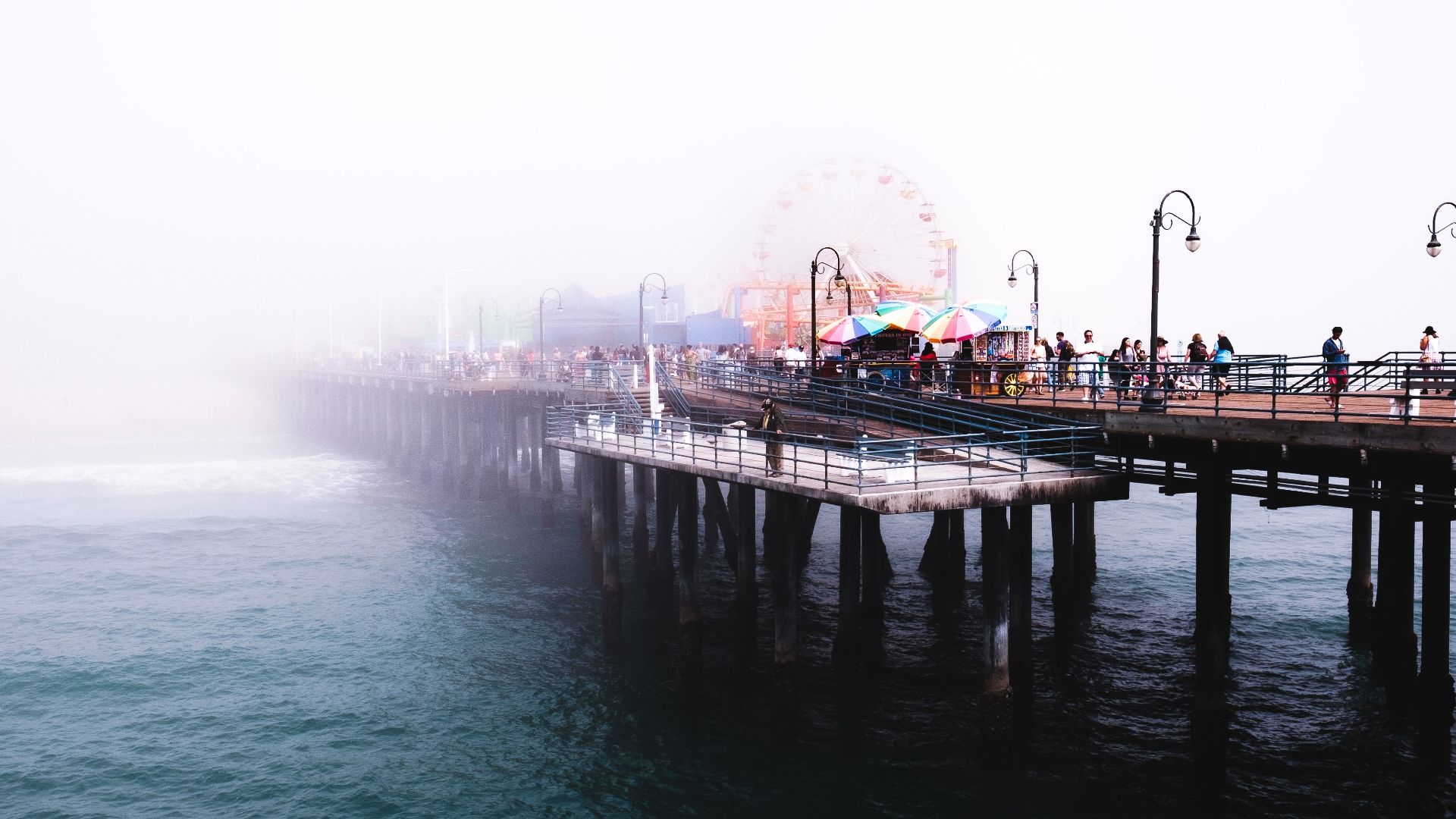 Dave Lastovskly, Wikimedia Commons
Dave Lastovskly, Wikimedia Commons
South Street Seaport, New York
Once a thriving maritime district, its post-Hurricane Sandy revitalization focused on upscale retail and event space. Critics say the result feels sterile, losing much of the area's soul. Although it draws some foot traffic, its charm rarely lives up to the layered history beneath its cobblestones.
Skydeck Chicago, Illinois
Timed entry and rushed photo sessions compress the visit into a few minutes. The observatory's appeal fades quickly once the novelty of the glass floor wears off. Thrill-seekers come for the glass ledge, suspended 1,353 feet above the city. Yet many leave underwhelmed.
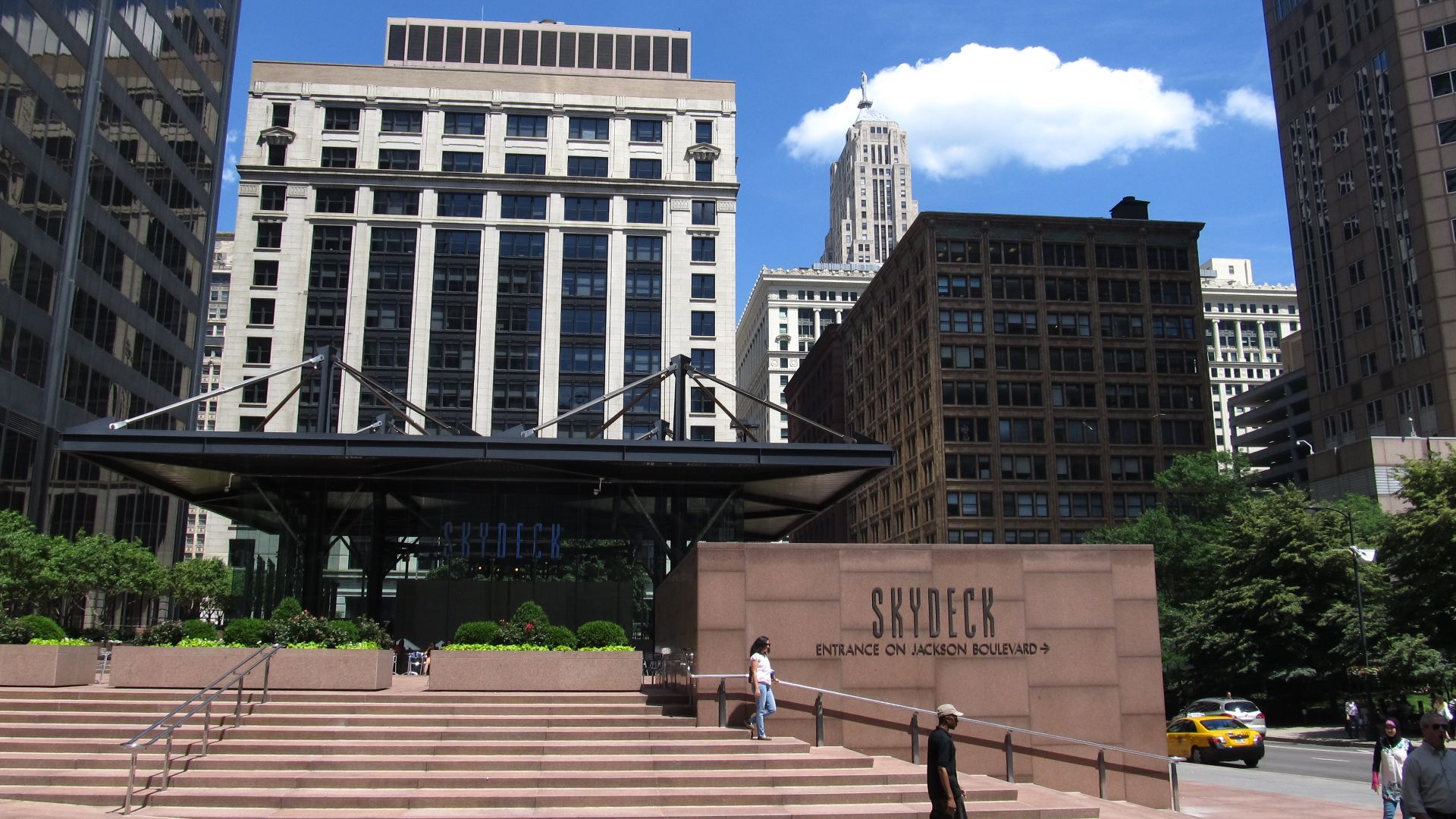 Ken Lund from Reno, Nevada, USA, Wikimedia Commons
Ken Lund from Reno, Nevada, USA, Wikimedia Commons
Bourbon Street, Louisiana
This location sells itself as the heartbeat of New Orleans nightlife. But behind the jazz signage lie overflowing trash bins and the waft of stale ale. Visitors often discover the music is drowned out by noise, and the culture gets buried beneath commercial excess.
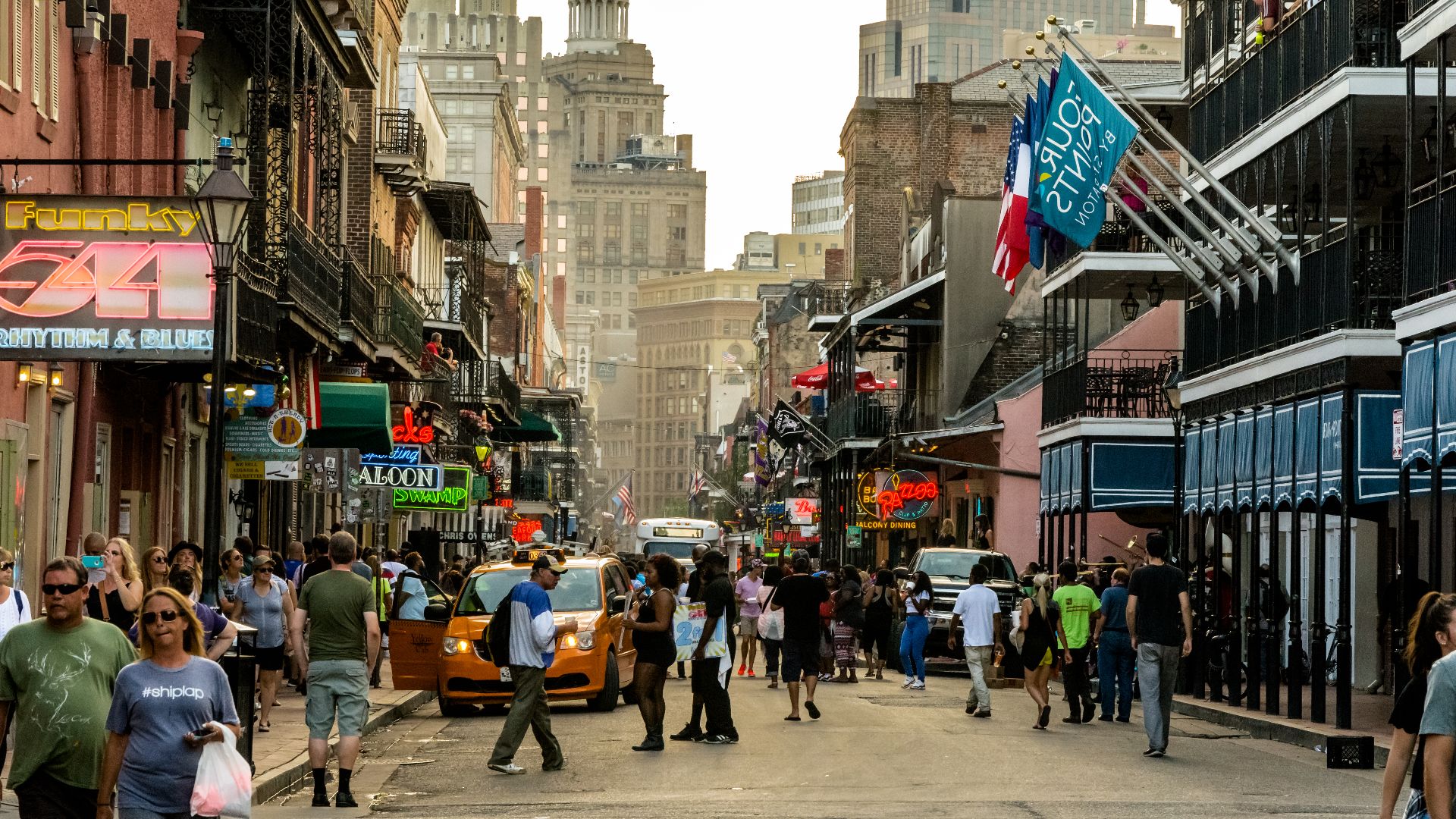 Domenico Convertini, Wikimedia Commons
Domenico Convertini, Wikimedia Commons
Fisherman's Wharf, California
While crab legs and sea lions still draw attention, they can't fully mask its reputation as San Francisco's most tourist-trapped neighborhood. Locals avoid the chain eateries and high markups, and Pier 39's charm fades into wax museums and gift shops that few visitors remember after leaving.
Navy Pier, Illinois
Once envisioned as a cultural hub, its identity has drifted. Outside the Ferris wheel, few attractions earn consistent praise. Critics describe an atmosphere geared toward quick entertainment and little substance. Art venues exist, but most foot traffic flows toward snacks and selfie stations.
Plymouth Rock, Massachusetts
Since there are no immersive exhibits nearby, the visit often ends with a puzzled glance and the soft click of a camera. For many, this proves to be a jarring moment, as the iconic rock—located behind iron bars under a granite canopy—measures barely three feet across.
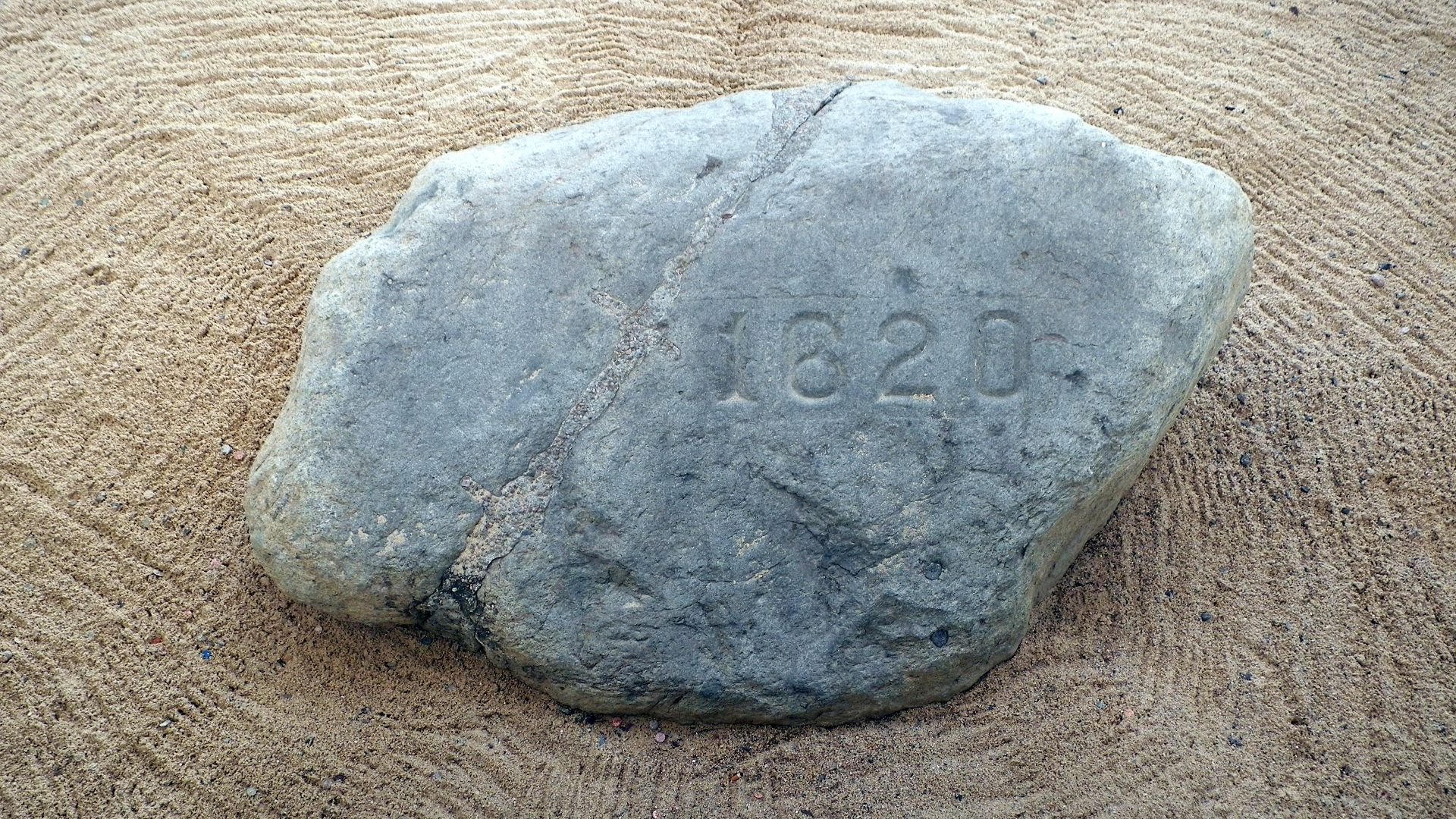 Rhonda McCloughan (Pr41799), Wikimedia Commons
Rhonda McCloughan (Pr41799), Wikimedia Commons
Liberty Bell, Pennsylvania
Visitors must undergo rigorous security screening, often encountering lengthy waits before being allowed entry. The bell sits behind glass and metal barriers that limit viewing time. Many leave feeling that such an iconic relic deserved a more immersive or reverent presentation in its current pavilion.
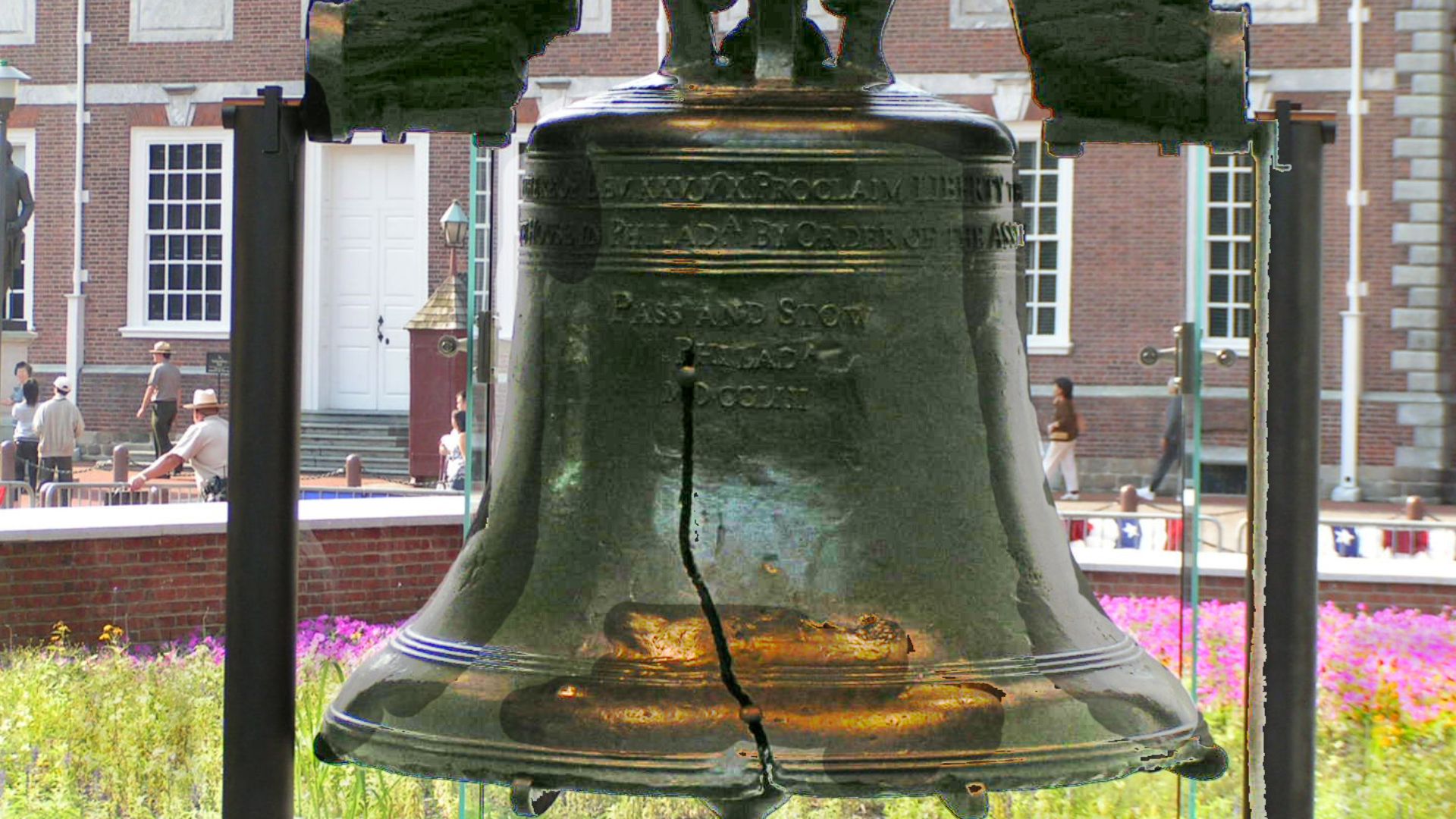 Bev Sykes from Davis, CA, USA, Wikimedia Commons
Bev Sykes from Davis, CA, USA, Wikimedia Commons
Four Corners Monument, Arizona
Some surveys suggest the marker is off by roughly 2.5 miles, and visitors encounter a few Navajo vendors rather than interpretive exhibits. The experience feels more like a photo op than a historic moment. Tourists often arrive at sunrise to beat the crowds, only to find a modest granite marker amid a barren desert.
Salem Witch Museum, Massachusetts
Its dramatic lighting and period-costumed guides promise haunting history. Yet the displays rely on static dioramas and oversimplified storytelling, which remains superficial about the actual Salem trials. Critics note the experience feels theatrical rather than educational, often glossing over complex legal and social contexts.
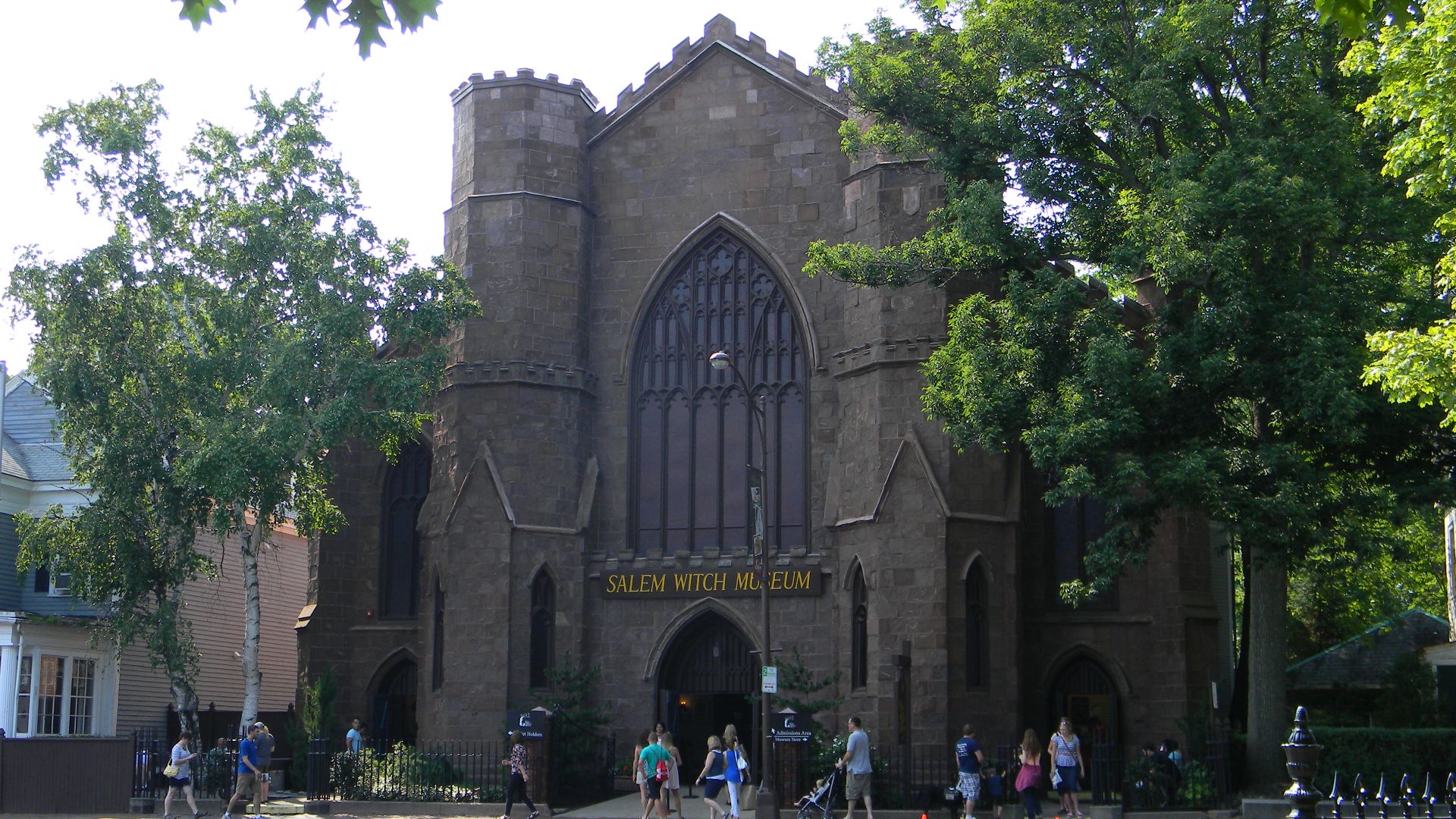 Upstateherd, Wikimedia Commons
Upstateherd, Wikimedia Commons
Alamo Plaza, Texas
Texan pride surrounds this landmark plaza, but visitors often find it sandwiched next to a Ripley's Believe It or Not museum and souvenir stalls. The historic Alamo chapel blends seamlessly into the surrounding tourist mall. Many report disappointment in how commercial clutter overshadows this emblem of Texan independence.
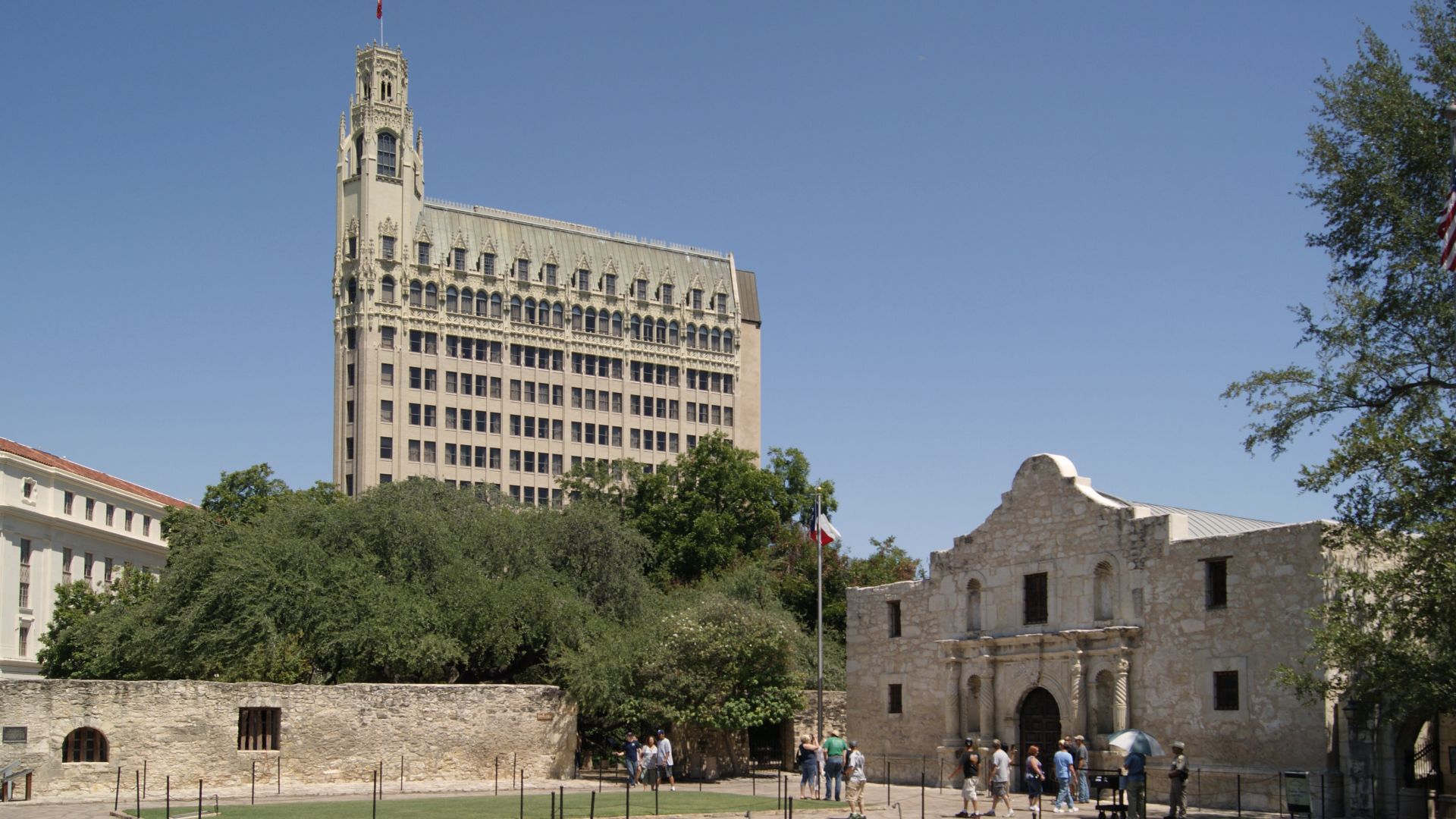 Zygmunt Put Zetpe0202, Wikimedia Commons
Zygmunt Put Zetpe0202, Wikimedia Commons
Dealey Plaza, Texas
This grim site marks where President Kennedy was assassinated. Today, it often doubles as a selfie backdrop by the grassy knoll. Inside the Sixth Floor Museum, some visitors say the exhibit panels overwhelm more than they explain. They claim it reduces a significant event to informational overload.
Lincoln Birthplace Cabin, Kentucky
Many leave surprised by how much of the site relies on reconstruction rather than preservation. A towering neoclassical temple houses what's said to be Abraham Lincoln's childhood cabin. Yet visitors often discover the structure is a symbolic replica, not the original. This definitely softens the historical impact for some.
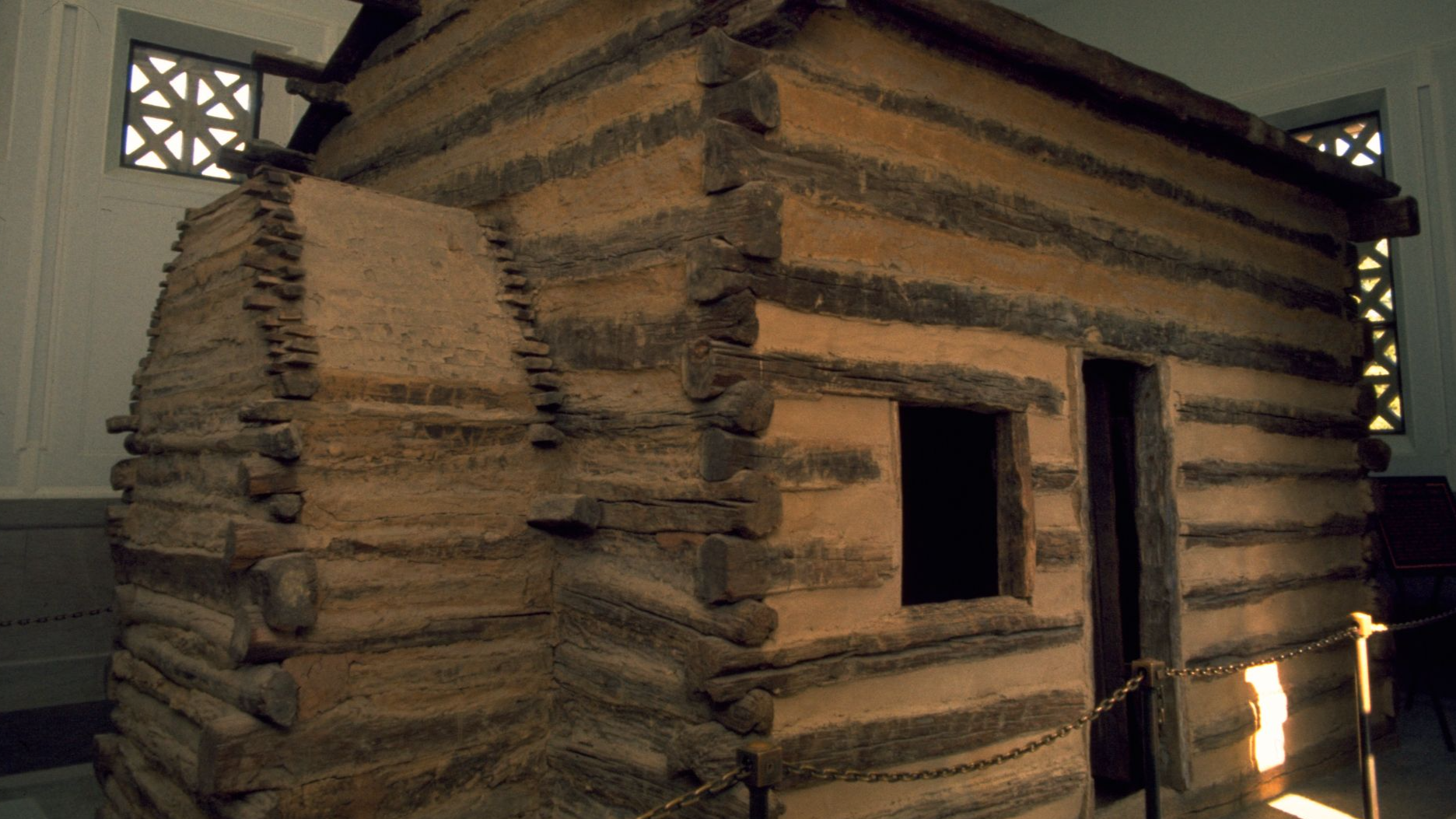 Unknown authorUnknown author, Wikimedia Commons
Unknown authorUnknown author, Wikimedia Commons
Fort Sumter National Monument, South Carolina
Here, the first shots of the Civil War rang out. Today, reaching the fort requires a paid ferry ride. Once there, visitors face limited walking space and few shaded areas. Interpretive signage is minimal, which leaves much of the site's heavy history largely unexplored.
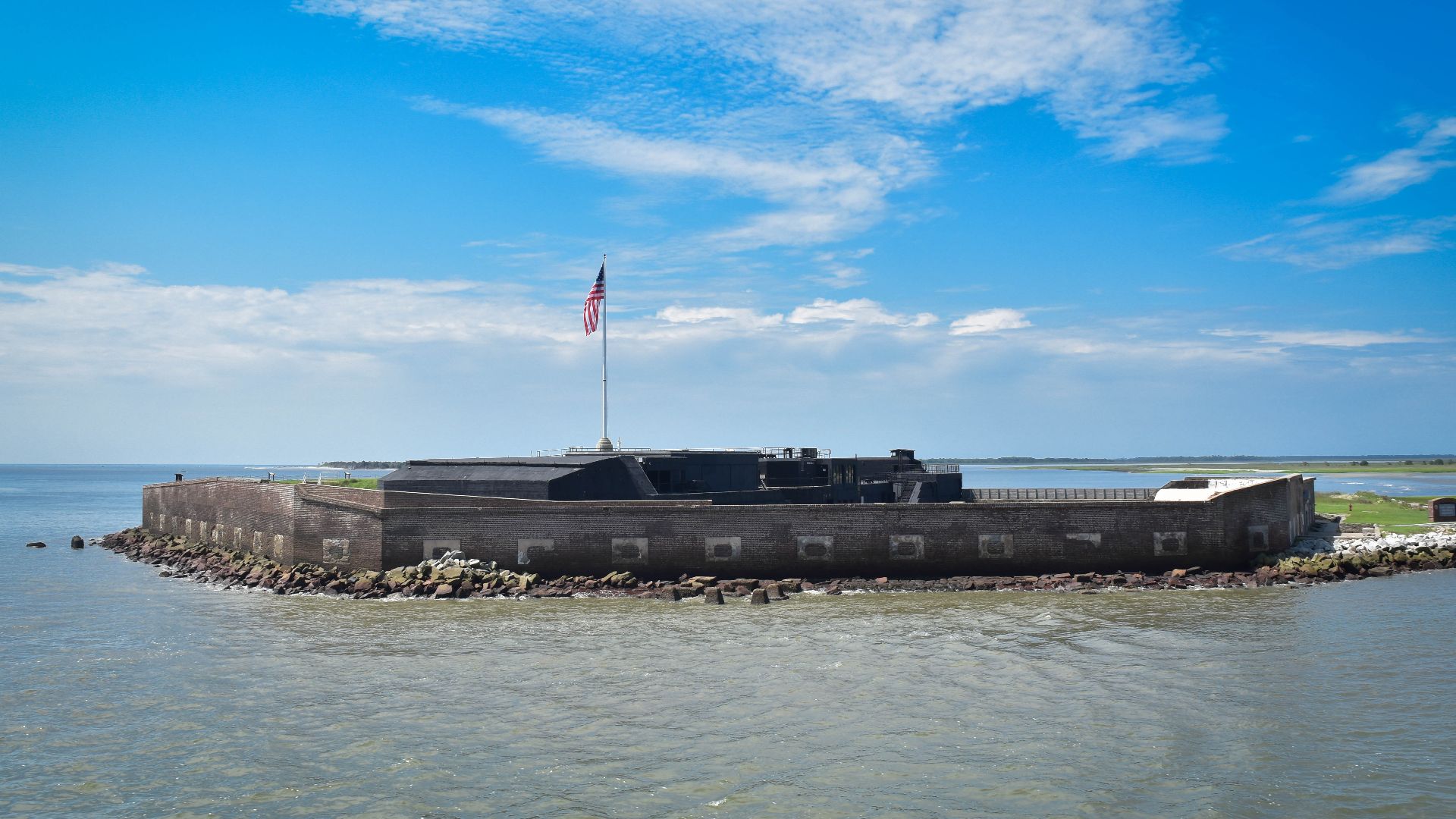 Clynnwersch, Wikimedia Commons
Clynnwersch, Wikimedia Commons
Paul Bunyan Statue, Minnesota
A towering lumberjack in Bemidji draws smiles, but the novelty of the attraction wears thin. Dozens of Paul Bunyan statues exist across the country. With few interactive elements or supporting exhibits, this one functions more as a selfie stop than a meaningful exploration of folklore.
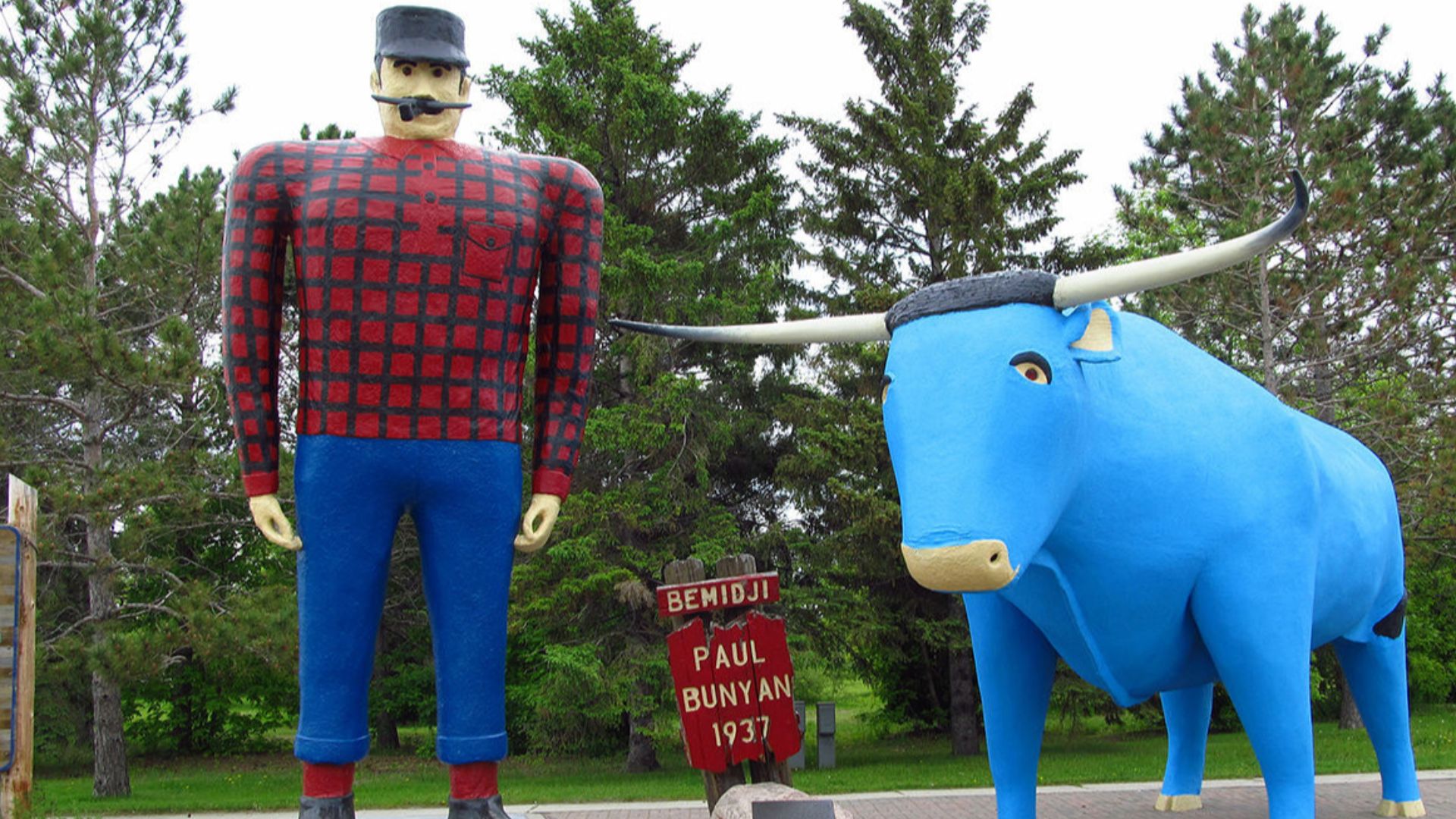 Nejones1987, Wikimedia Commons
Nejones1987, Wikimedia Commons
USS Constitution, Massachusetts
"The world's oldest commissioned warship still afloat" carries weight, but logistics burden the visit. Entry requires security checks and sometimes timed reservations. Crowds pack the tight quarters, and motion discomfort during harbor sails has left some visitors focused more on their footing than on naval history.
Wall Drug Store, South Dakota
Its billboards stretch for hundreds of miles across the Midwest, teasing visitors about fresh donuts and free ice water. But when travelers arrive, they're met with themed storefronts selling souvenirs and trinkets. Once known for its charm, it now resembles a sprawling, Western-themed strip mall.
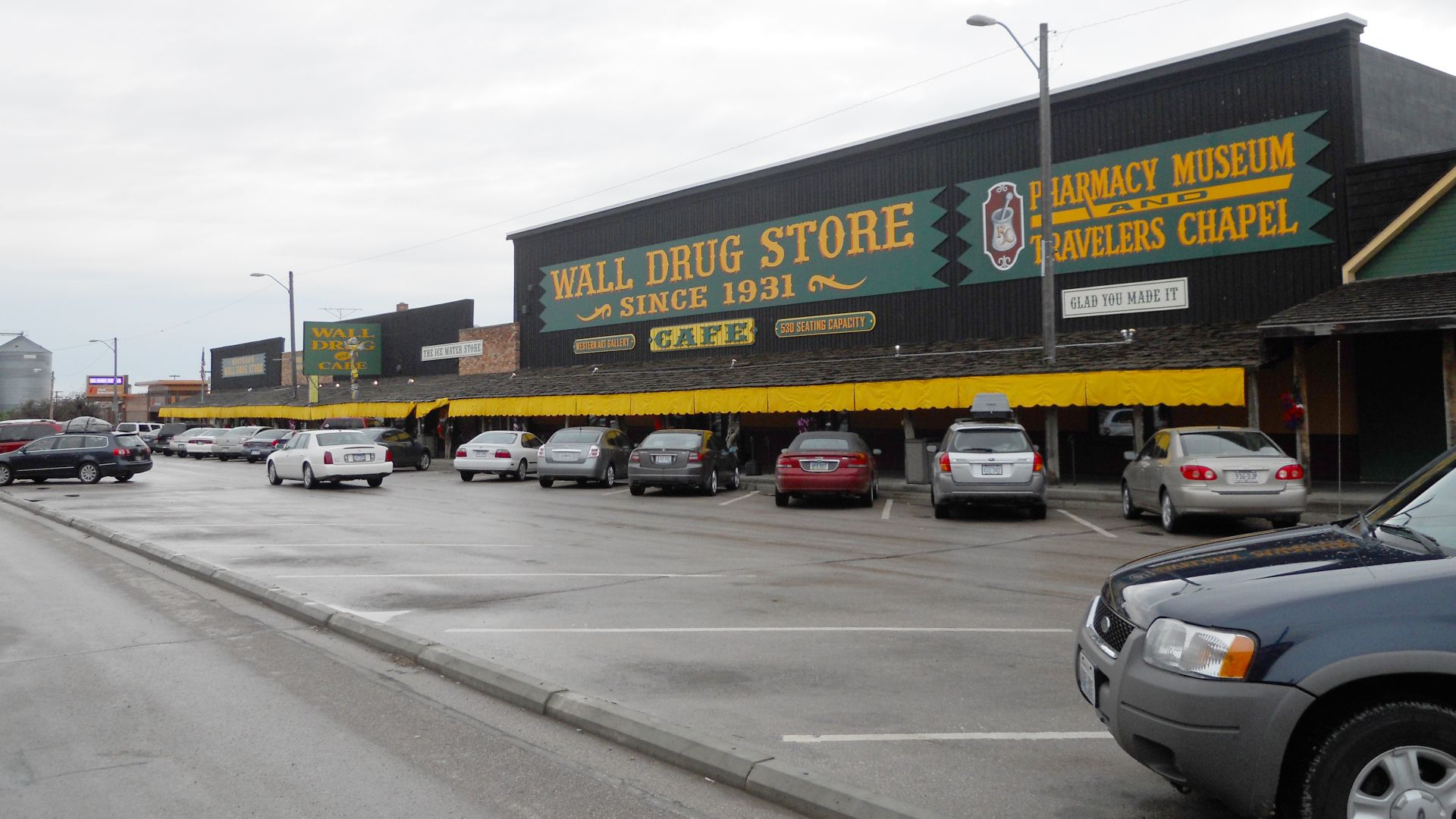 Konrad Summers, Wikimedia Commons
Konrad Summers, Wikimedia Commons
Mystery Spot, California
Posters promise a place where gravity bends, but the reality leans heavily on tilted floors and optical tricks. The tour presents amusing illusions, yet many visitors remark on its simplicity. With outdated presentation and limited space, the charm often fades once the novelty wears off.
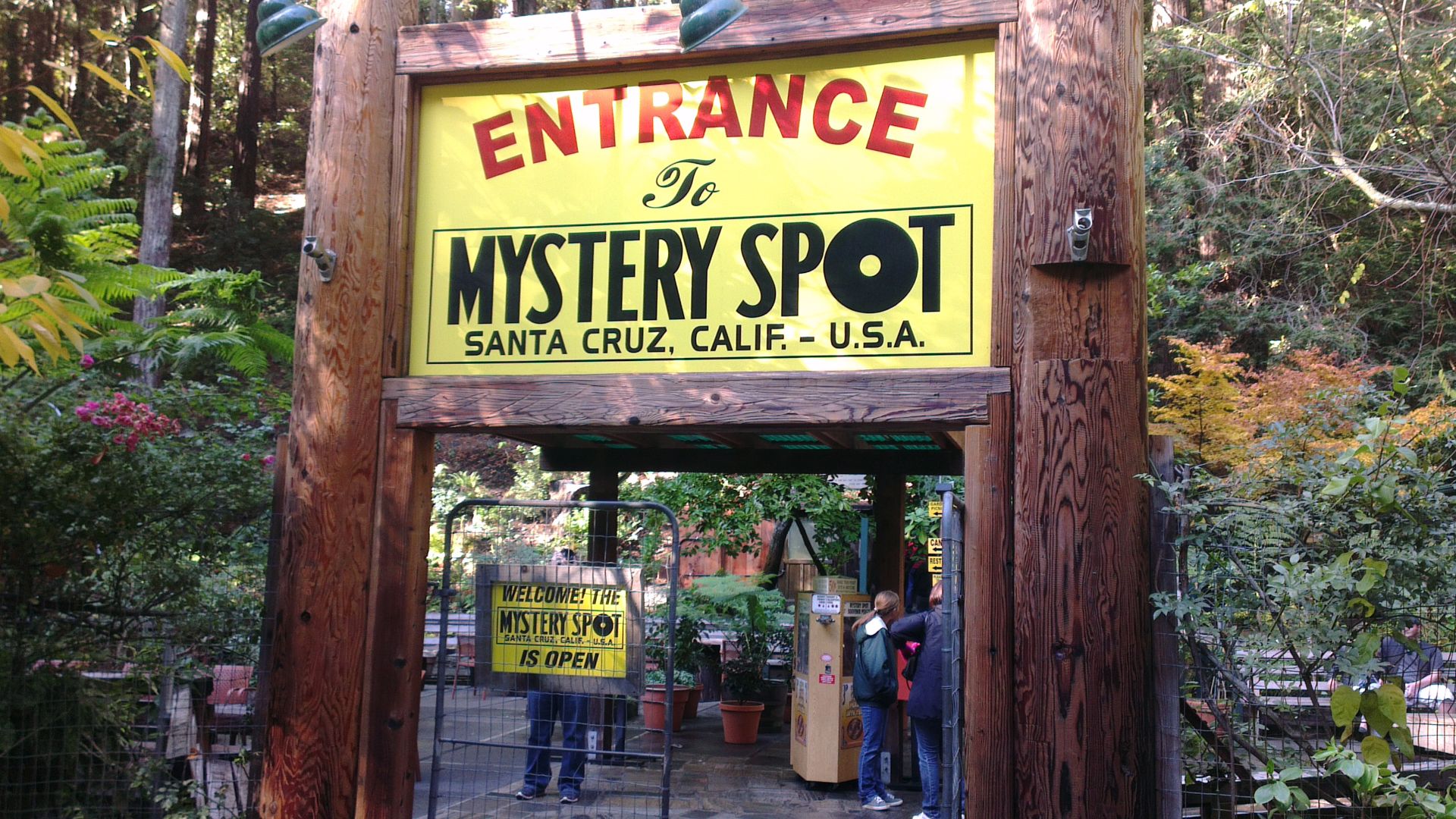 Tshrinivasan, Wikimedia Commons
Tshrinivasan, Wikimedia Commons
Roswell UFO Museum, New Mexico
Alien believers flock to Roswell, drawn by decades of speculation. However, the museum's low-budget setup features laminated newspaper clippings and minimal interactive elements. While the myth remains strong, the exhibits leave skeptics and fans wanting a more polished explanation of the town's extraterrestrial fame.
Corn Palace, South Dakota
Each year, artists recreate massive corn murals outside this arena-like building. It's a local tradition with agricultural roots. Yet inside, it functions mainly as a high school gym. For many, the underwhelming interior leaves the attraction feeling more like a novelty stop than a destination.
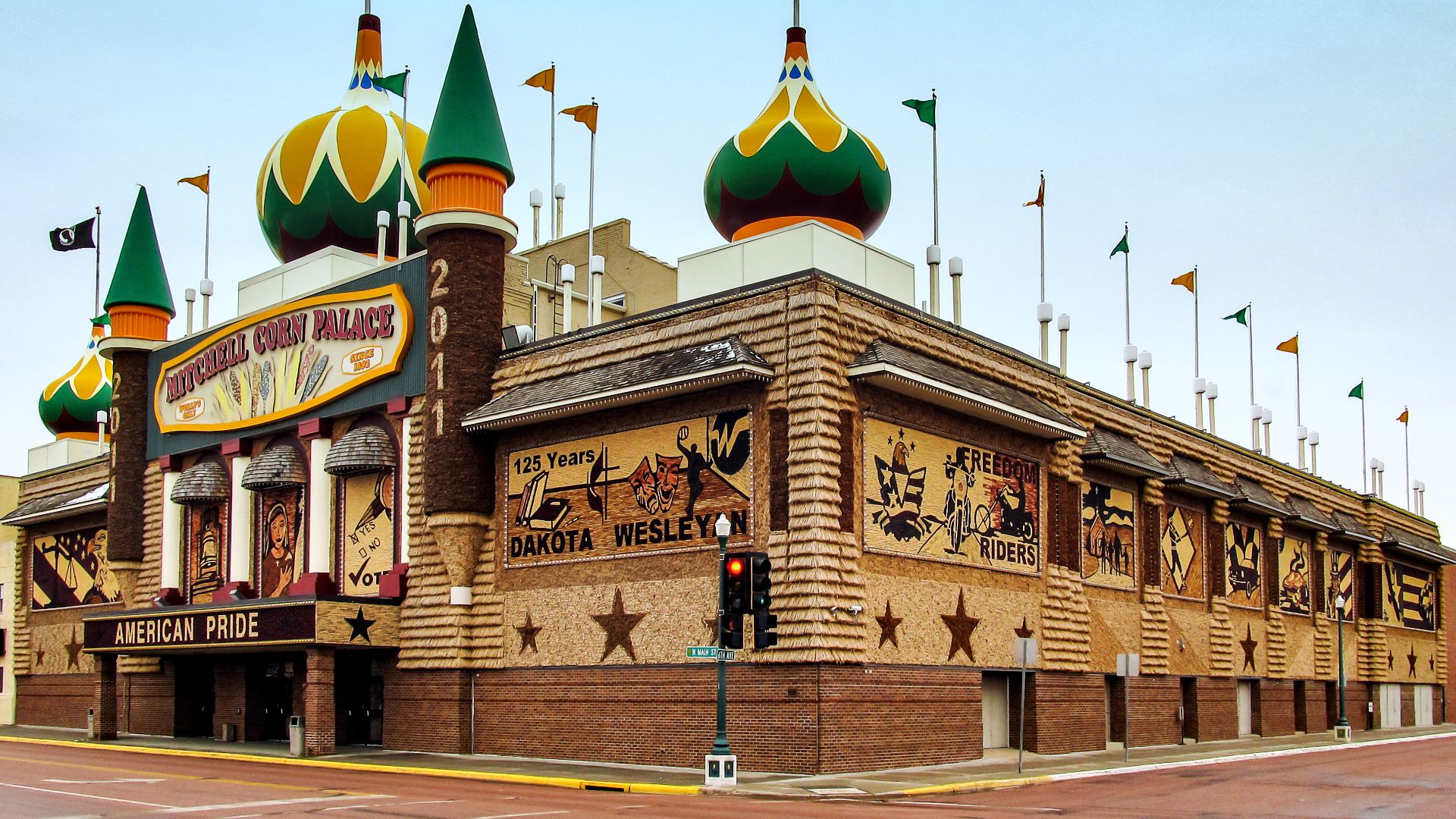 Leif Rogers, Wikimedia Commons
Leif Rogers, Wikimedia Commons
Cadillac Ranch, Texas
Ten half-buried Cadillacs in Amarillo serve as a roadside canvas for visitors holding spray paint. The idea of interactive art appeals to many, but the surrounding emptiness and spray-paint fumes often make the experience feel more fleeting than memorable.
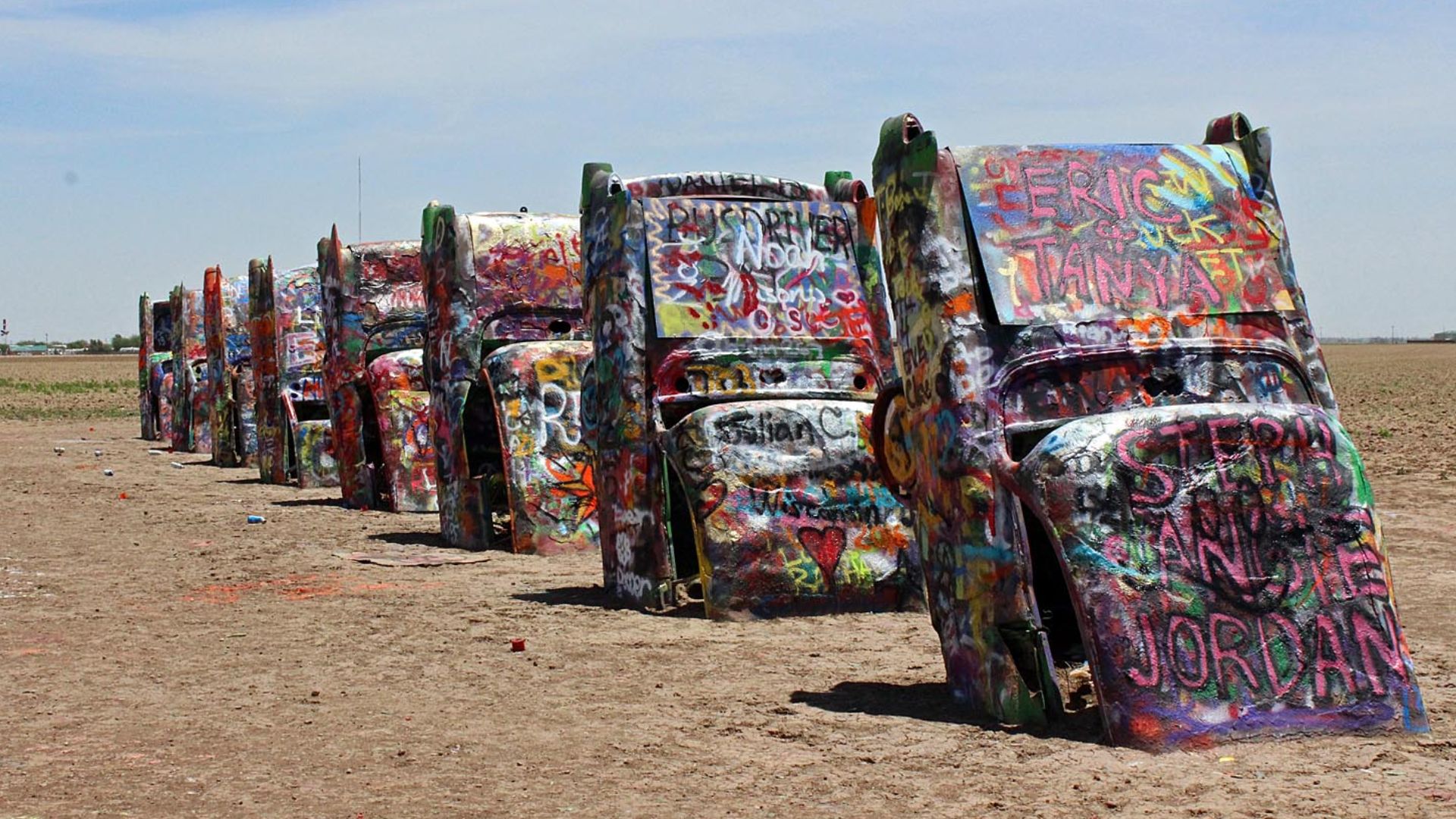 scott1346 from Mechanicsville, MD, USA, Wikimedia Commons
scott1346 from Mechanicsville, MD, USA, Wikimedia Commons
Route 66 Attractions, Oklahoma
America's Mother Road once bustled with diners and neon signs. Parts of Oklahoma's stretch still remain intact. However, many iconic stops now sit boarded up or abandoned. While nostalgia draws travelers in, they often encounter echoes of the past rather than curated experiences.
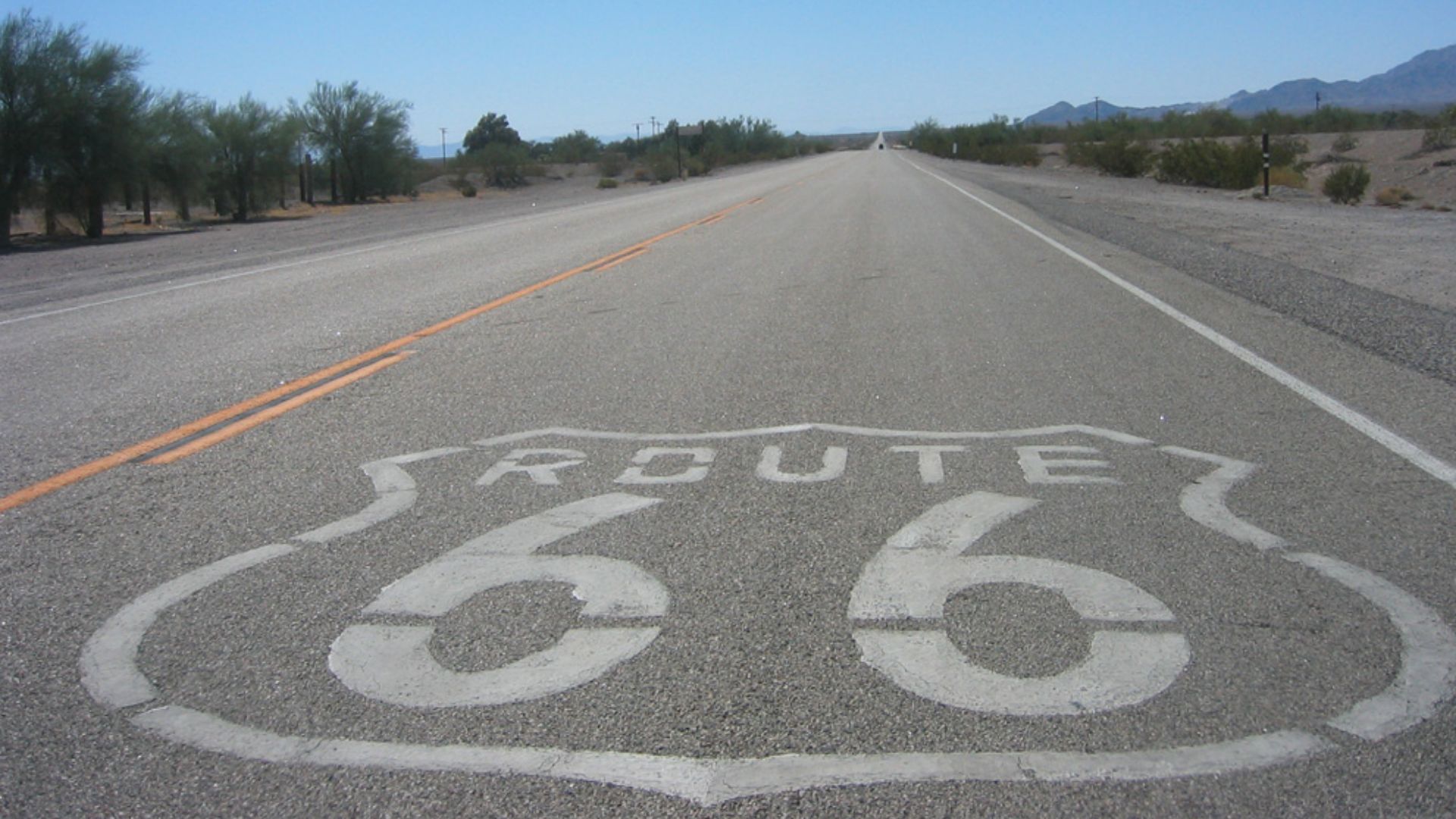 David Winkler, Wikimedia Commons
David Winkler, Wikimedia Commons
House On The Rock, Wisconsin
The experience begins with awe. Room after room displays bizarre collections—doll carousels and mechanical orchestras. But soon, the sensory overload builds. Its winding, dimly lit layout can exhaust even the most curious visitors, leaving some more dazed than dazzled by the endless oddity.
World's Largest Ball Of Twine, Kansas
Surrounded by quiet streets and often displayed behind glass, the twine feels more like a roadside relic than an interactive stop. Though it's a record-holder in Cawker City, with layers added by community hands, its limited signage and brief sidewalk plaque offer little to engage visitors.
 TigerPaw2154 at English Wikipedia, Wikimedia Commons
TigerPaw2154 at English Wikipedia, Wikimedia Commons
Salvation Mountain, California
Preservation concerns and blistering heat characterize this remote site near Slab City, where minimal shade and a lack of amenities strain visitors. Though color explodes across the hand-painted hillside proclaiming love and faith, the site's promise fades quickly if there's no ongoing restoration in the harsh desert setting.
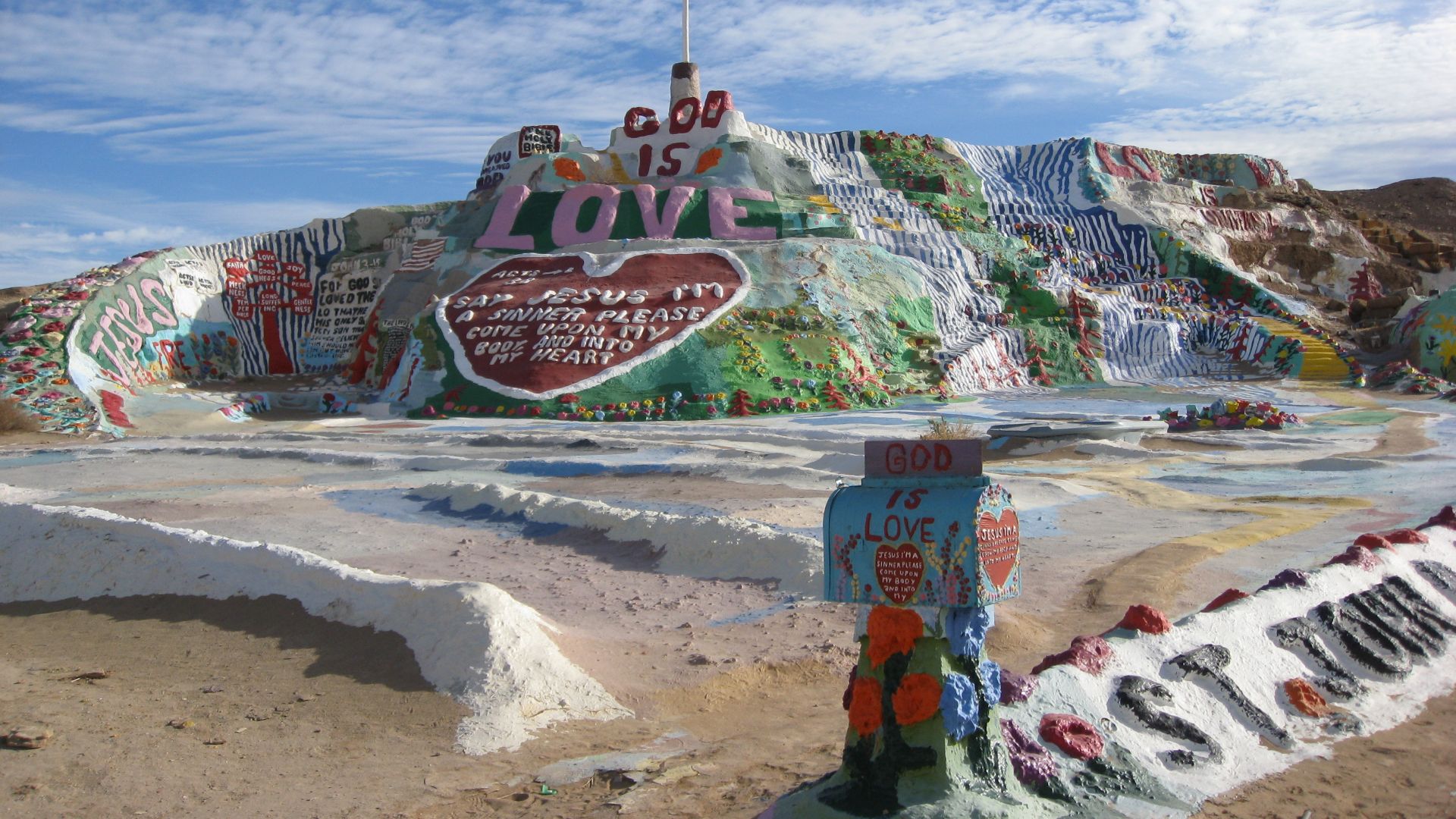 taylorandayumi, Wikimedia Commons
taylorandayumi, Wikimedia Commons
Enchanted Highway, North Dakota
Steel sculptures of giant grasshoppers and a geese-in-flight arch greet drivers along a 32-mile route. However, long stretches separate each piece, and amenities are few. The novelty is visually appealing, but many travelers are disappointed by the lack of shade or activity beyond quick photo stops.
The Gum Wall, Washington
The wall's bacterial density has prompted occasional cleanings by the city's sanitation crews, as many visitors describe the smell as nauseating. Although it draws crowds and countless selfies in Post Alley near Pike Place Market, this sticky landmark proves less appealing once its reality sets in.
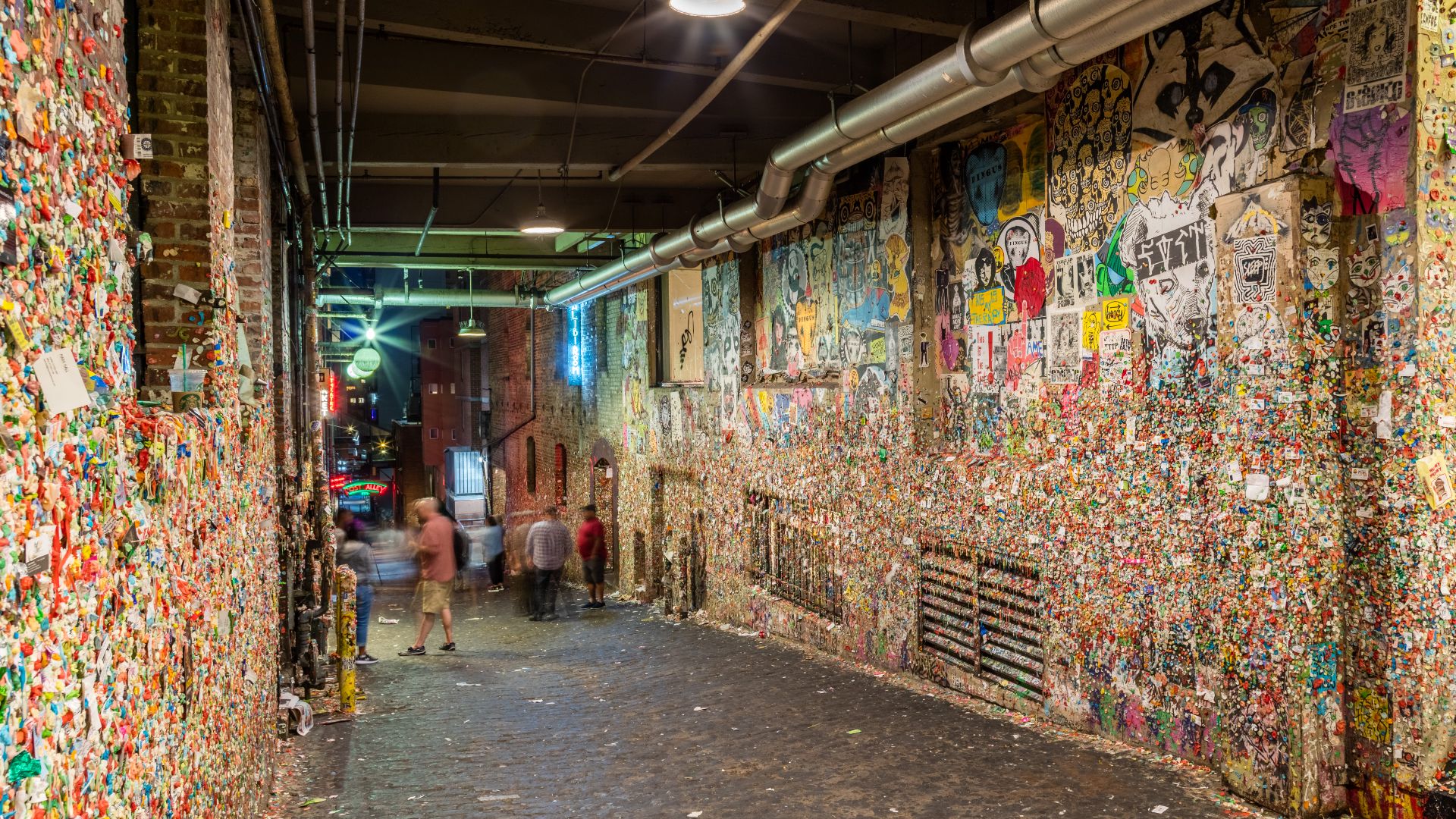 Diego Delso, Wikimedia Commons
Diego Delso, Wikimedia Commons
Universal Studios Hollywood, California
It sounds like a dream for movie fans—walk among sets and ride through blockbusters. But long entry lines and frequent ride closures frustrate guests. Many note that the park's size feels small, especially compared to Orlando's version. This makes the visit feel rushed and expensive.
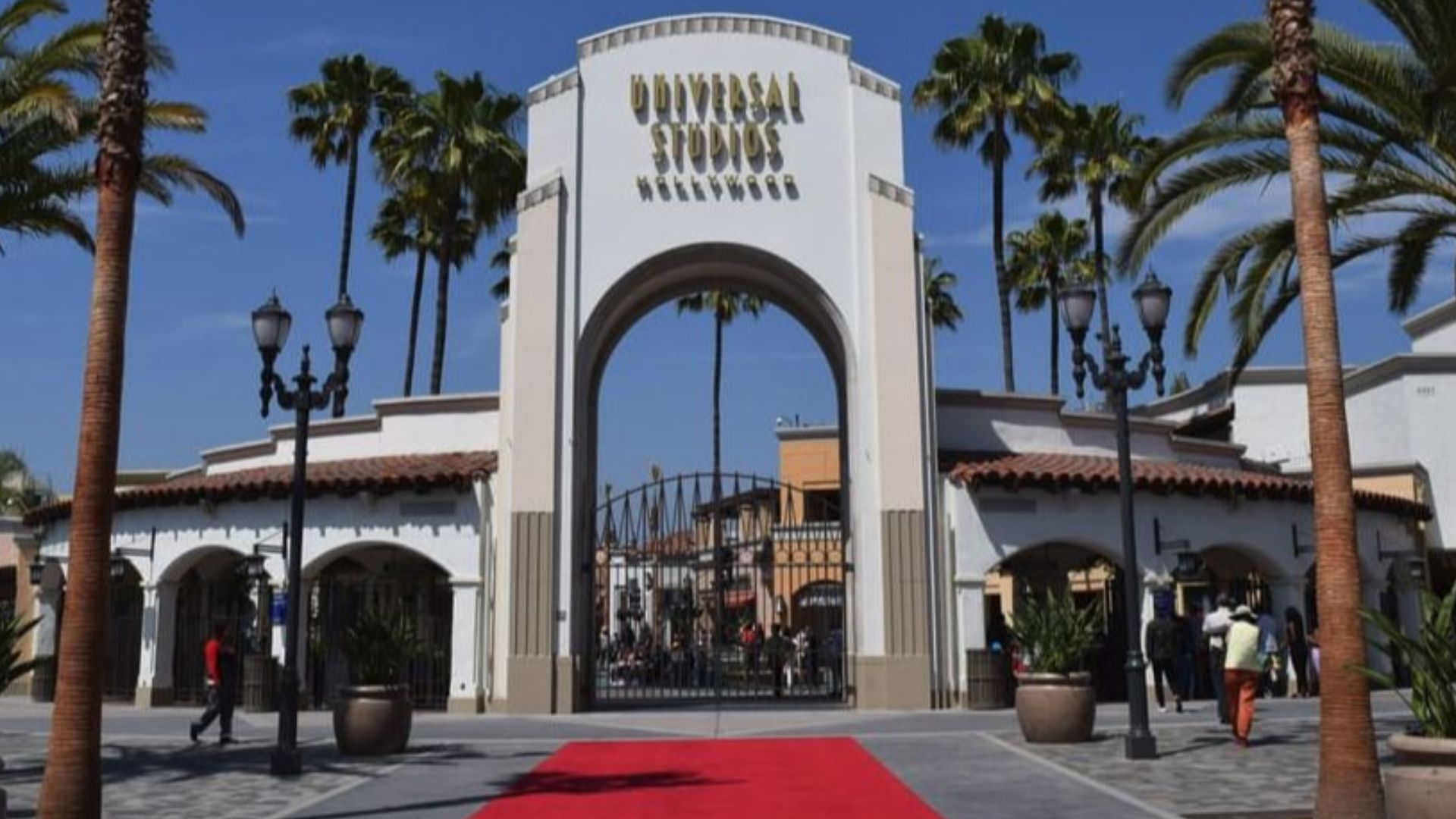 CrispyCream27, Wikimedia Commons
CrispyCream27, Wikimedia Commons
Mall Of America, Minnesota
Although the Mall of America has over 500 stores and an indoor theme park, shoppers often describe it as a standard mall stretched across more square footage. Because maneuvering through its vast layout can be exhausting, the experience often feels surprisingly unremarkable to many visitors once the initial novelty wears off.
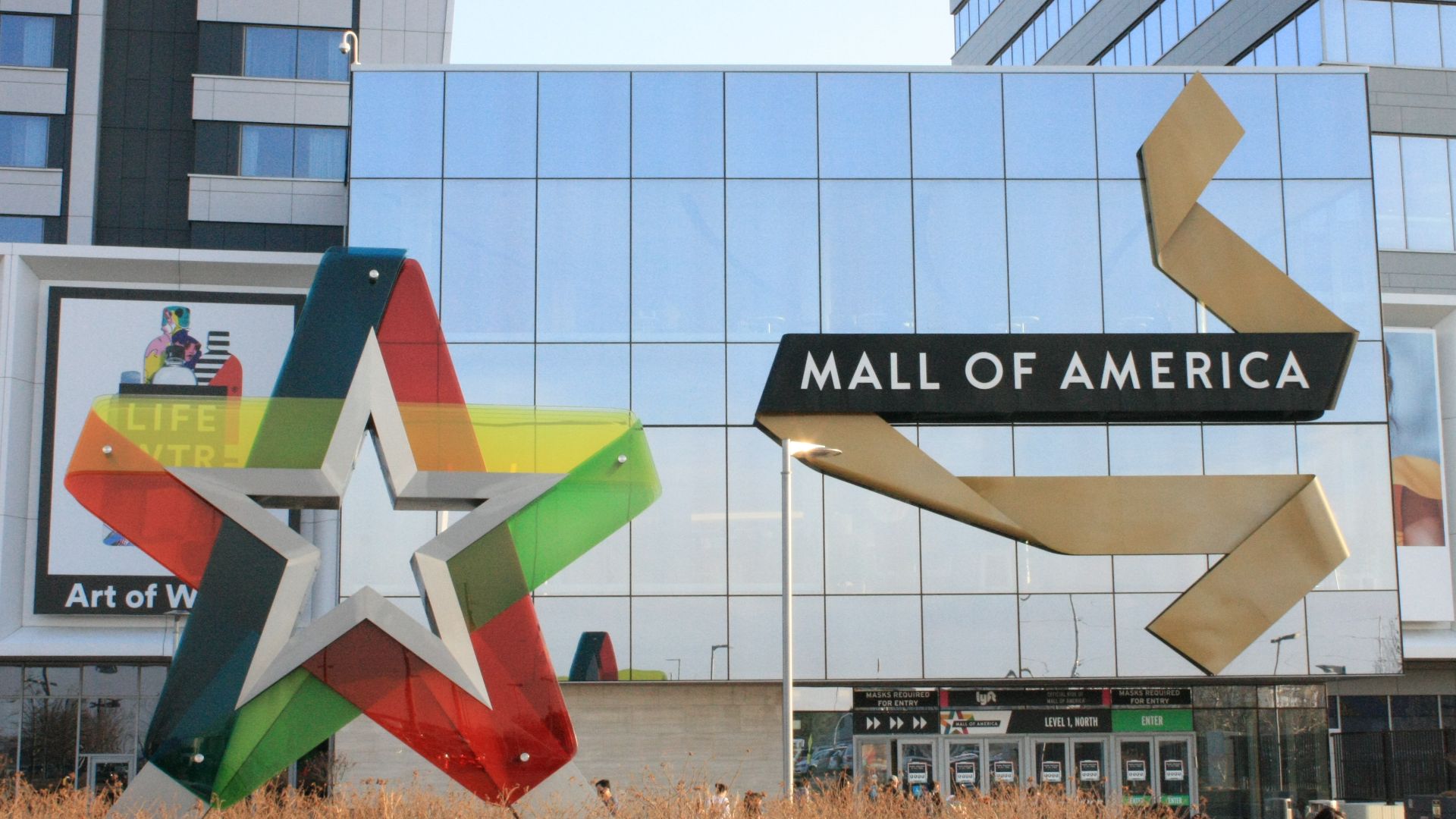 Tyler Vigen, Wikimedia Commons
Tyler Vigen, Wikimedia Commons
Empire State Building Observatory, New York
Skyline views are stunning, but the journey up includes security lines and elevator waits. Visitors frequently report crowding at the top, with little space to linger. Newer observatories like One World Trade Center offer fewer hassles and more interactive features.
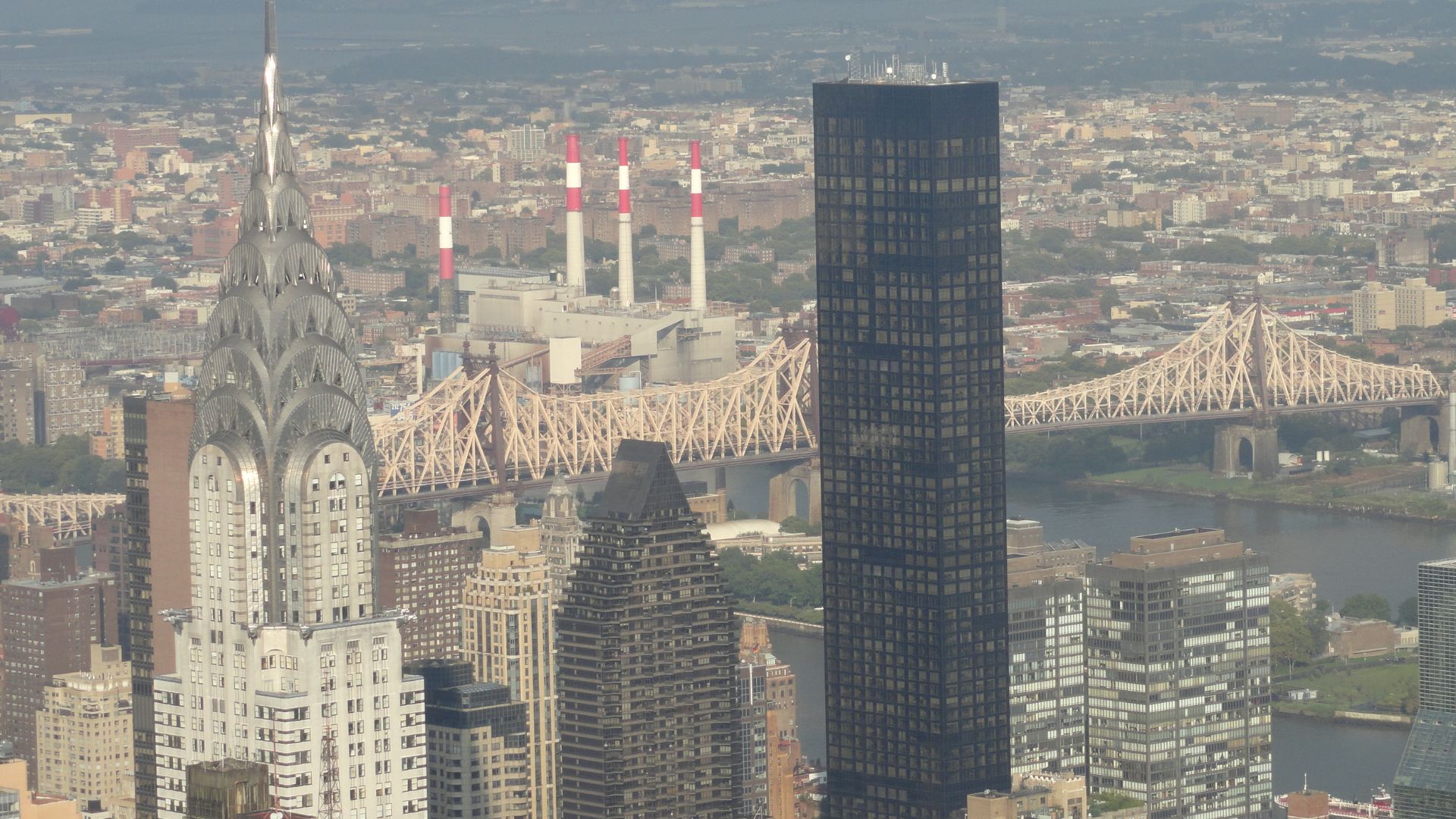 Boris Dzhingarov, Wikimedia Commons
Boris Dzhingarov, Wikimedia Commons
Space Needle, Washington
Its sleek silhouette defines Seattle's skyline, yet many guests describe brief visits and limited interaction. The rotating glass floor initially impresses, but high ticket costs and newer local viewpoints, such as The Smith Tower Observatory, leave some visitors second-guessing the price of the postcard shot.
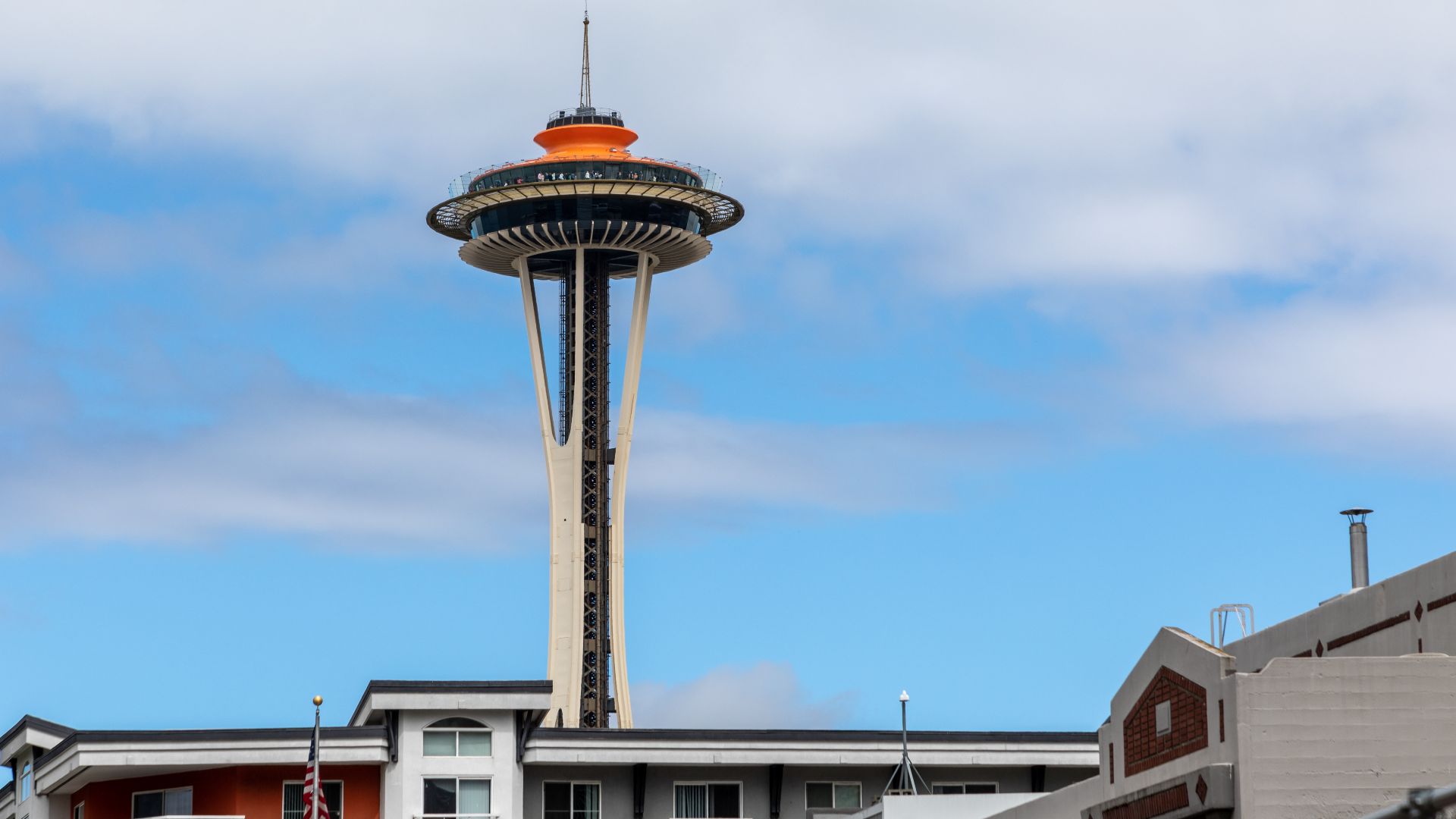 Dietmar Rabich, Wikimedia Commons
Dietmar Rabich, Wikimedia Commons
Graceland, Tennessee
Fans expect an experience of Elvis Presley's life, but many are surprised by the site's segmentation. The mansion tour requires a separate ticket from the museum, and merchandise shops are located throughout nearly every section of the property. For some, the commercial tone overtakes the cultural reverence.
The Bean (Cloud Gate), Illinois
While many visitors snap a photo and quickly move on, the sculpture mirrors the skyline in nearly every tourist image. Constant crowds gather, and its surface, dulled by fingerprints, lacks interactivity or shade. These factors make the real-life experience feel far less magical than expected.
Mount Rushmore, South Dakota
From a distance, the presidential faces impress. However, up close, the viewing platform is positioned farther than expected, which makes the carvings appear smaller. Interpretive signage is limited, and Native American groups continue to highlight the monument's placement on contested land as a source of ongoing controversy.
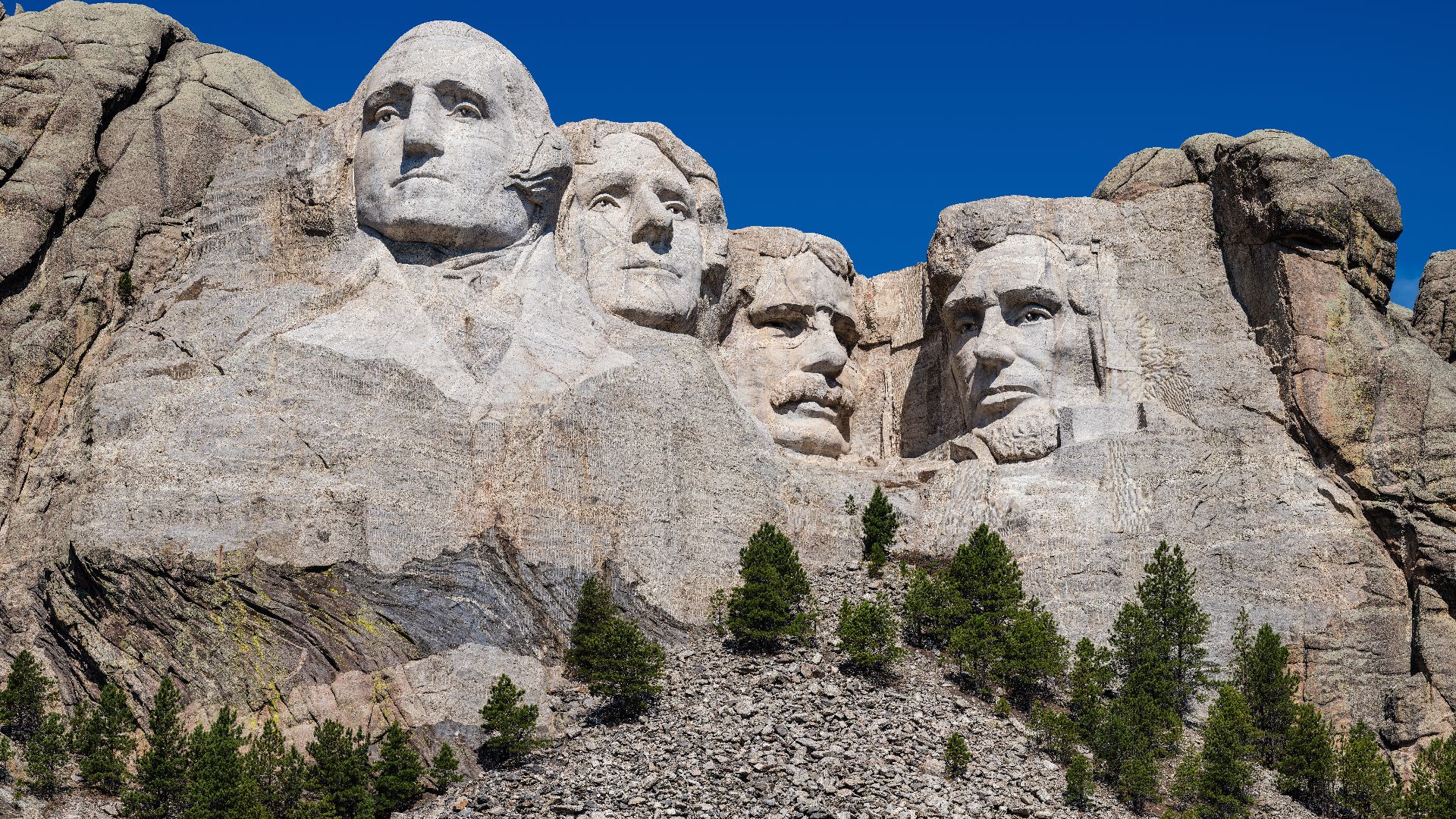 Thomas Wolf, www.foto-tw.de, Wikimedia Commons
Thomas Wolf, www.foto-tw.de, Wikimedia Commons
Great Salt Lake, Utah
Brine flies swarm during warmer months, and strong odors from decomposing matter often surprise visitors. Although once a vibrant landmark, the lake now suffers from retreating shorelines and rising salinity. These have altered its ecosystem and visitors are greeted with environmental warnings posted along what was formerly a scenic detour.
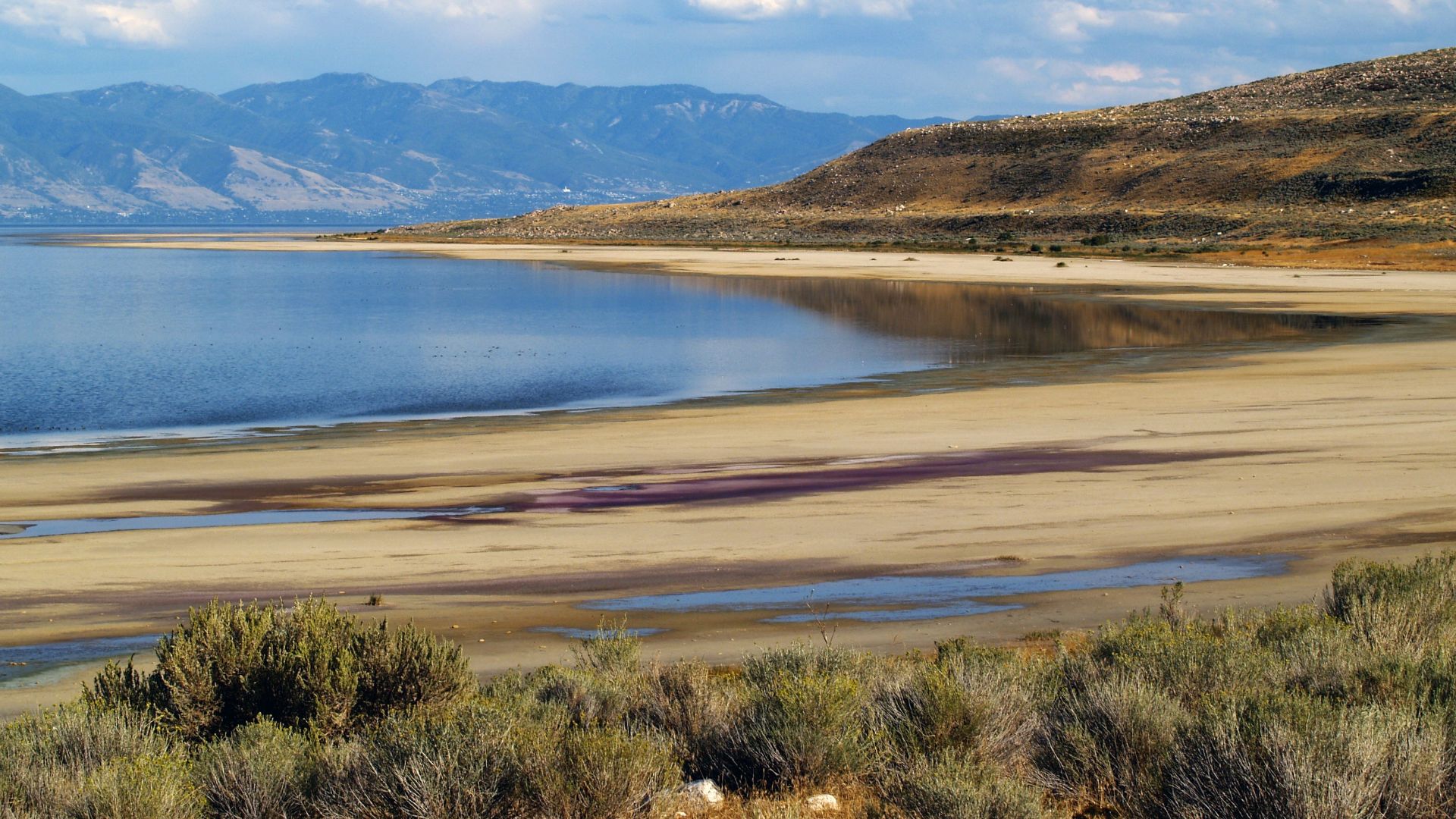 Brigitte Werner (werner22brigitte), Wikimedia Commons
Brigitte Werner (werner22brigitte), Wikimedia Commons
Crater Of Diamonds State Park, Arkansas
The promise of finding diamonds lures many, but the odds remain slim. Visitors dig through plowed earth under the sun, often with basic tools and little guidance. Though a few rare finds have made headlines, most people leave with dusty clothes and little to show for it.
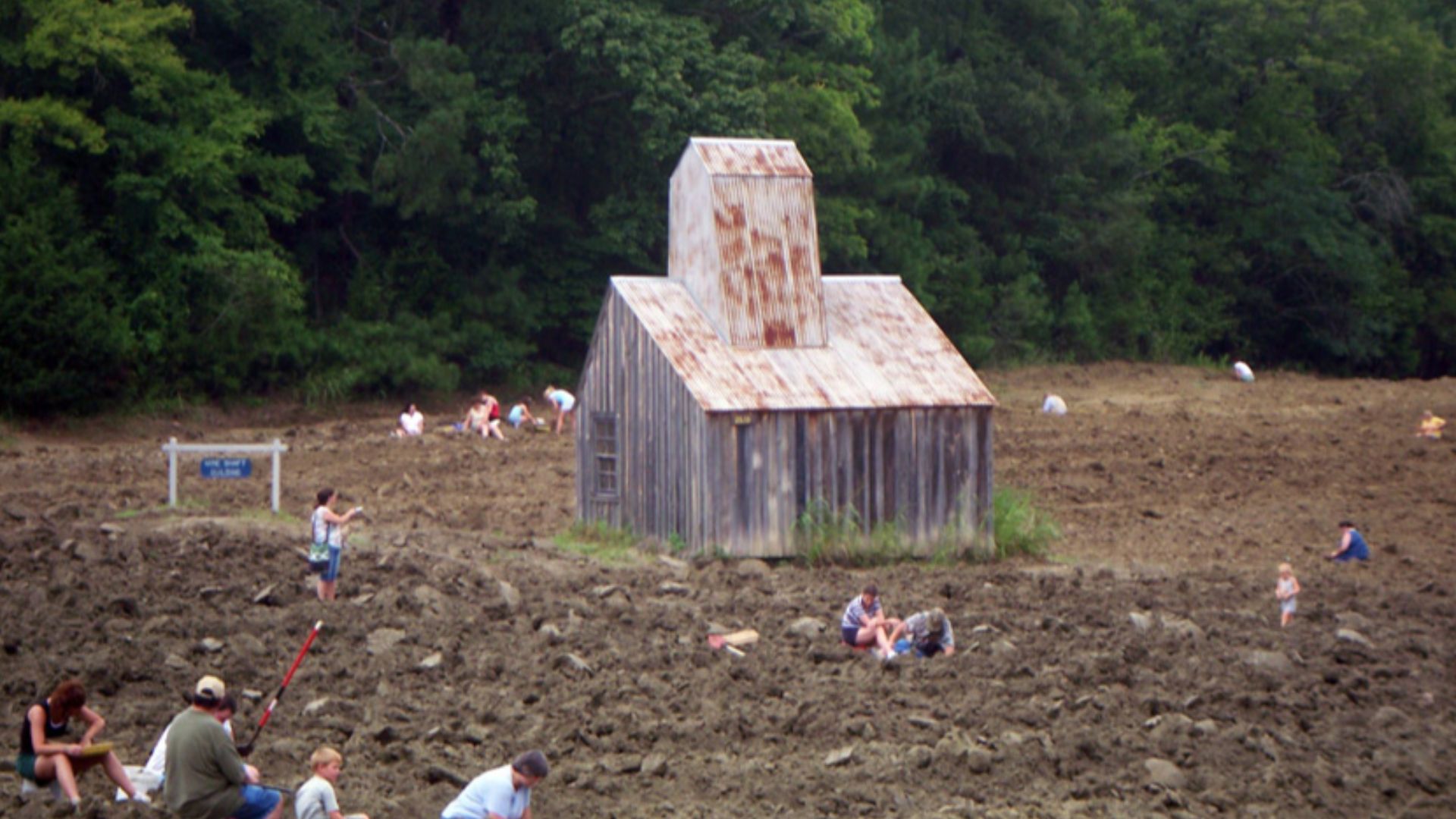 Doug Wertman from Rogers, AR, USA, Wikimedia Commons
Doug Wertman from Rogers, AR, USA, Wikimedia Commons
Lake Of The Ozarks, Missouri
Marketing paints it as a lively escape, yet pollution and party cove chaos challenge that image. Reports of boat collisions and overcrowding appear regularly. Although some areas offer calm, the lake's booming recreational scene can leave visitors seeking quieter waters elsewhere.
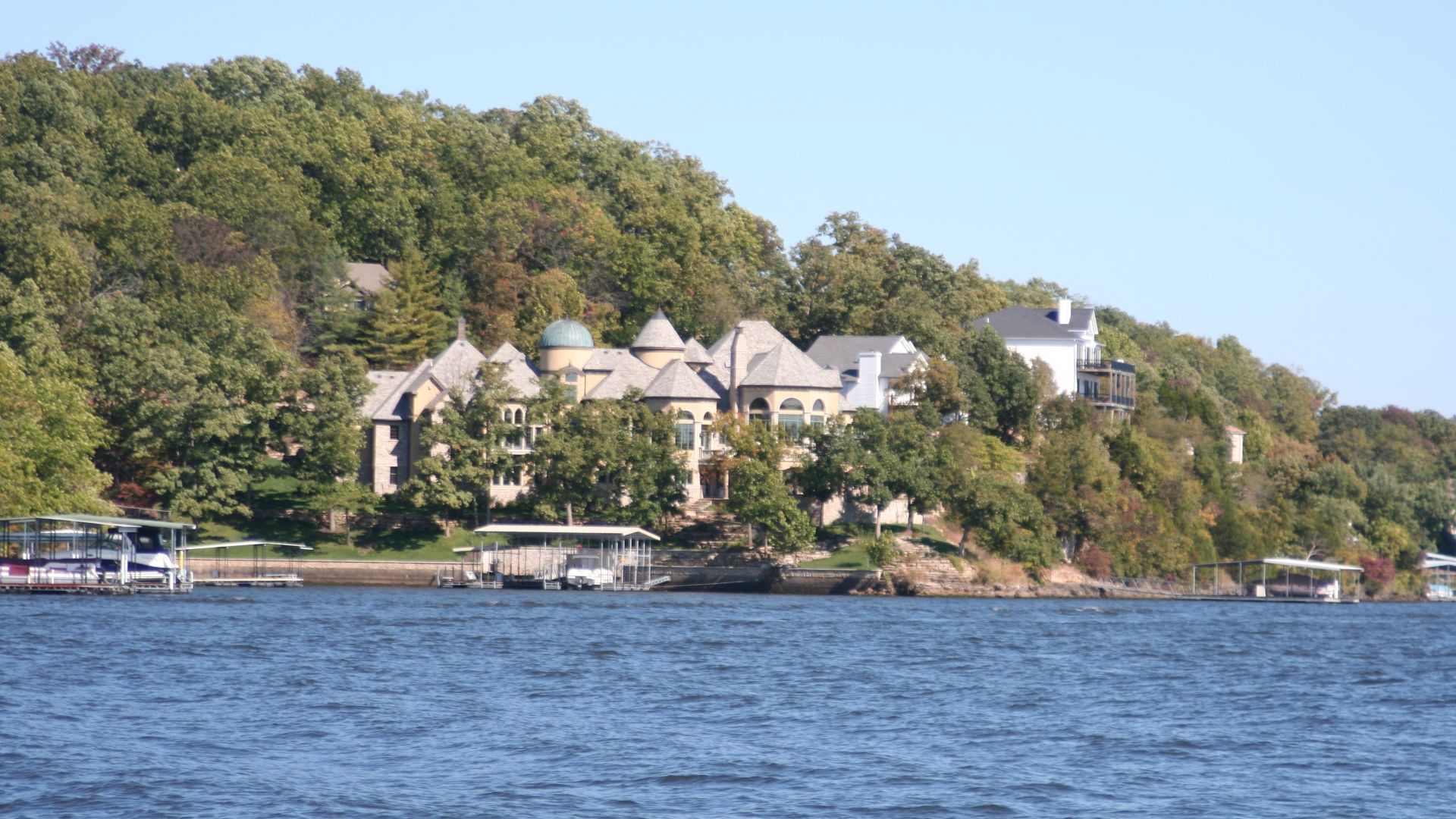 Ben Jacobson (Kranar Drogin), Wikimedia Commons
Ben Jacobson (Kranar Drogin), Wikimedia Commons
Devils Tower, Wyoming
The tower's cinematic fame from Close Encounters brings curious travelers, but its setting surprises many. The tower rises dramatically, yet the paved trails are short and interpretive signage is sparse. Reaching the site requires a detour, and for some, the payoff feels visually striking but experientially limited.
Great Sand Dunes National Park, Colorado
Loose sand and intense sun quickly exhaust even seasoned hikers. This is only intensified by the lack of shaded areas or amenities. While the surreal contrast of massive dunes against snowcapped peaks initially charms, the novelty fades quickly for many visitors before they get far into the challenging terrain.
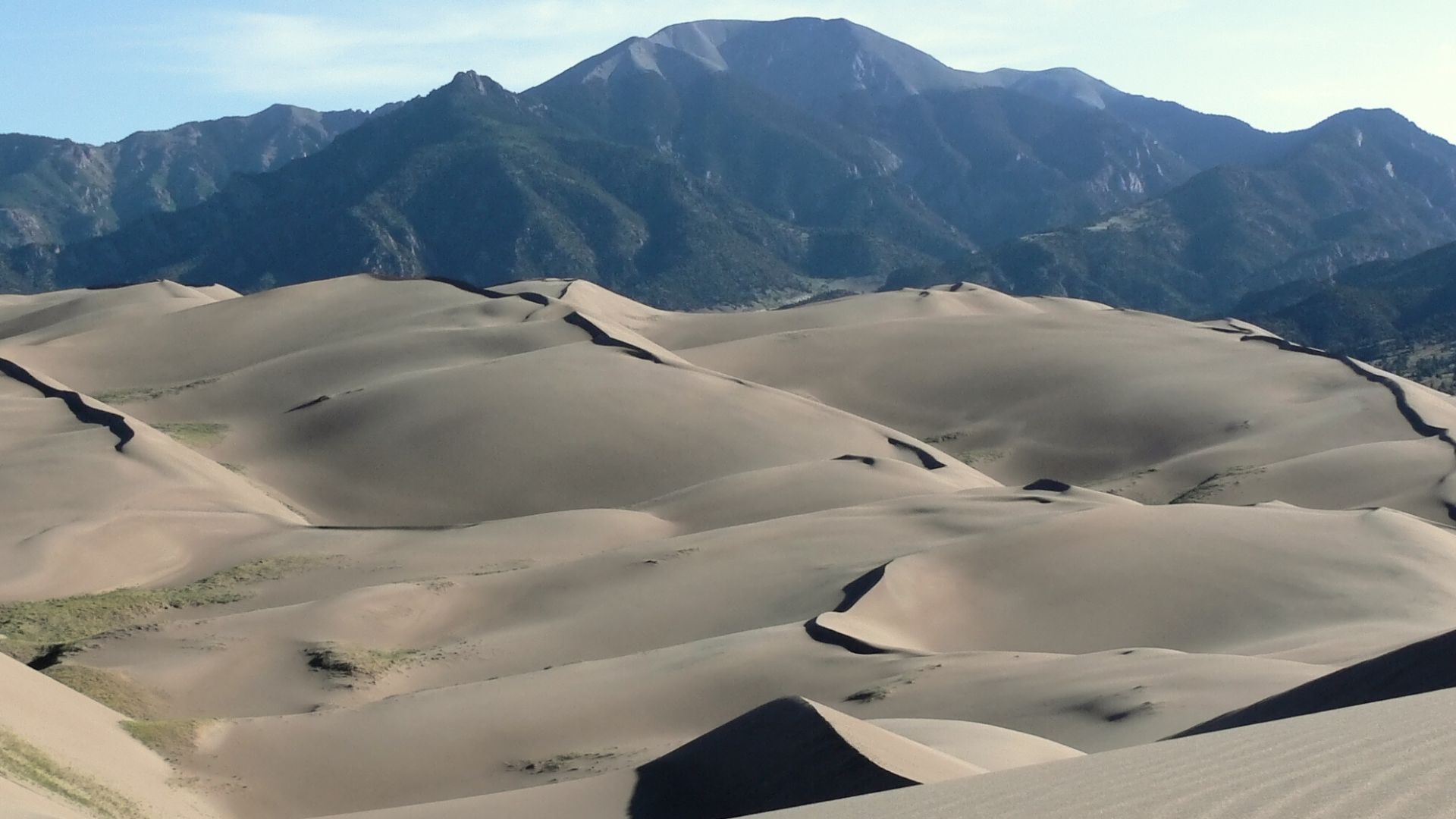 Preiselbeere (talk), Wikimedia Commons
Preiselbeere (talk), Wikimedia Commons
Niagara Falls (US Side), New York
Thundering water draws millions, but many visitors cross to Canada for better views. On the US side, obstructed sightlines and few attractions beyond the falls leave some underwhelmed. Goat Island offers access, but immersive experiences and panoramic vantage points remain limited compared to the other side of the border.
Antelope Canyon, Arizona
Antelope Canyon's swirling sandstone and famous light beams make it a photographer's dream—but don't expect to linger. Timed tours move quickly, and the best lighting only lasts a few minutes. The views are breathtaking, but the rushed pace can make this visual wonder feel like a race.
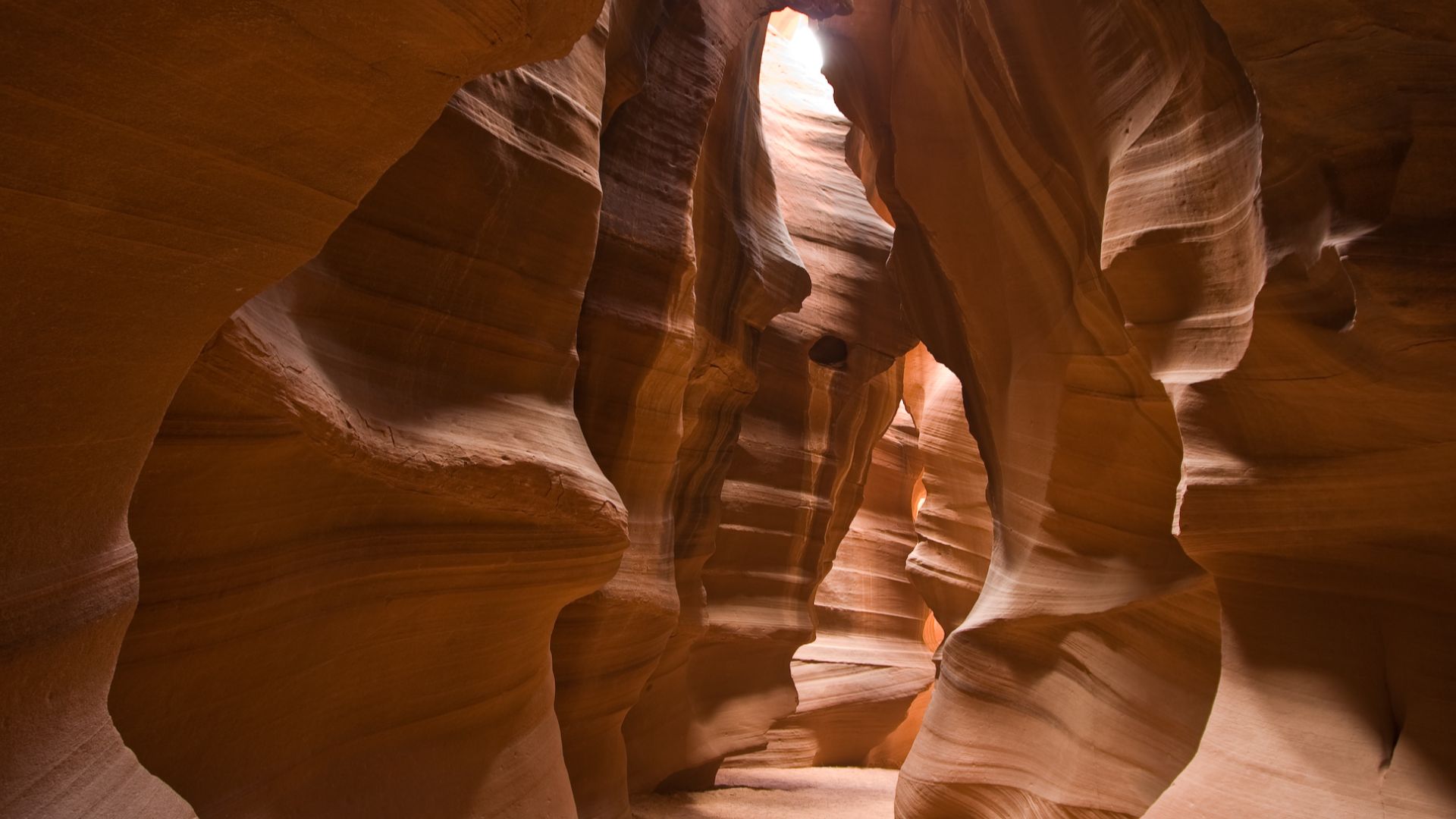 Luca Galuzzi (Lucag), Wikimedia Commons
Luca Galuzzi (Lucag), Wikimedia Commons

